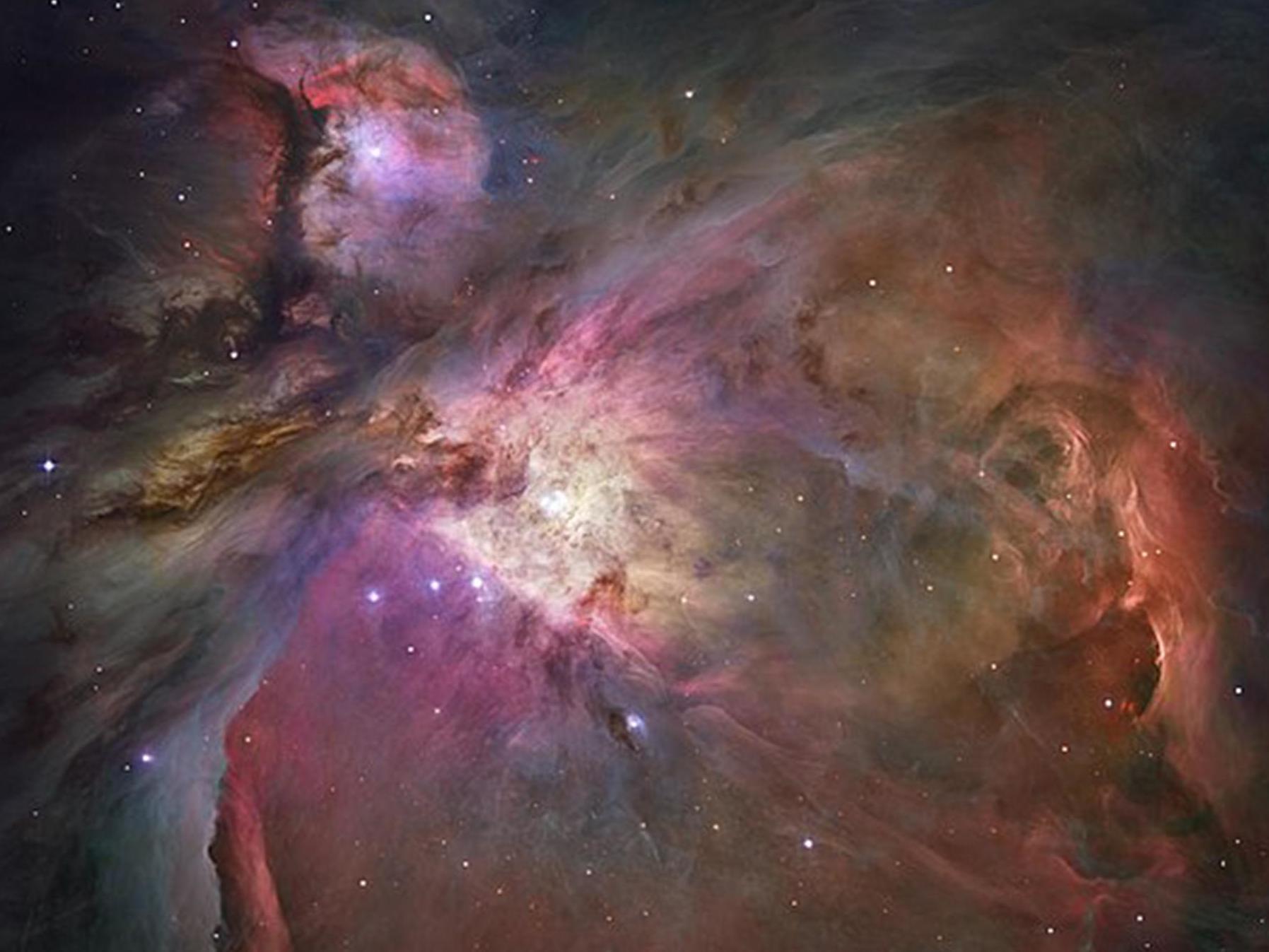
At last, the skies are becoming resplendent again. After the lacklustre constellations of autumn, spectacular Orion and his glittering entourage are rising in the east.
Orion – the mighty hunter – is one of the rare constellations that lives up to its name. It looks like a giant in the sky, with broad shoulders, a shield, and a belted tunic. Look just below Orion’s belt, and you’ll spot his sword. Even in light-polluted cities, you should notice that the middle ‘star’ is fuzzy. This is the Orion Nebula – visible to the unaided eye, but a real treat though binoculars or a small telescope. At 1,300 light years away, and 24 light years across, it’s the nearest star factory to Earth.
Space isn’t empty. Between the stars swims an incredibly tenuous mix of gas and dust: the raw materials of stars-to-be. The dust comes from cool, dying stars. Essentially, it’s cosmic soot – microscopic grains of dark material that have wafted off the distended atmospheres of old stars.
Over aeons of cosmic time, the dust grains come together to create vast dark clouds. Think of the dramatic gash through the glowing Milky Way in Cygnus, or the Coalsack next to the Southern Cross.
Now gravity can really start to bite. Inside a dark cloud, something is stirring. Knots of dust and gas coalesce, like milk curdling. Under the inexorable force of gravity, the knots shrink, growing hotter as they become smaller and denser. Each of the knots has become a protostar.
Then – a miracle happens. When the temperature at the centre of a protostar reaches ten million degrees, hydrogen atoms collide so fiercely with each other that they create helium.
A nuclear furnace has been switched on; and energy surges out of the protostar, ending its collapse.
ShapeCreated with Sketch.The most incredible space images of Earth
ShapeCreated with Sketch.The most incredible space images of Earth
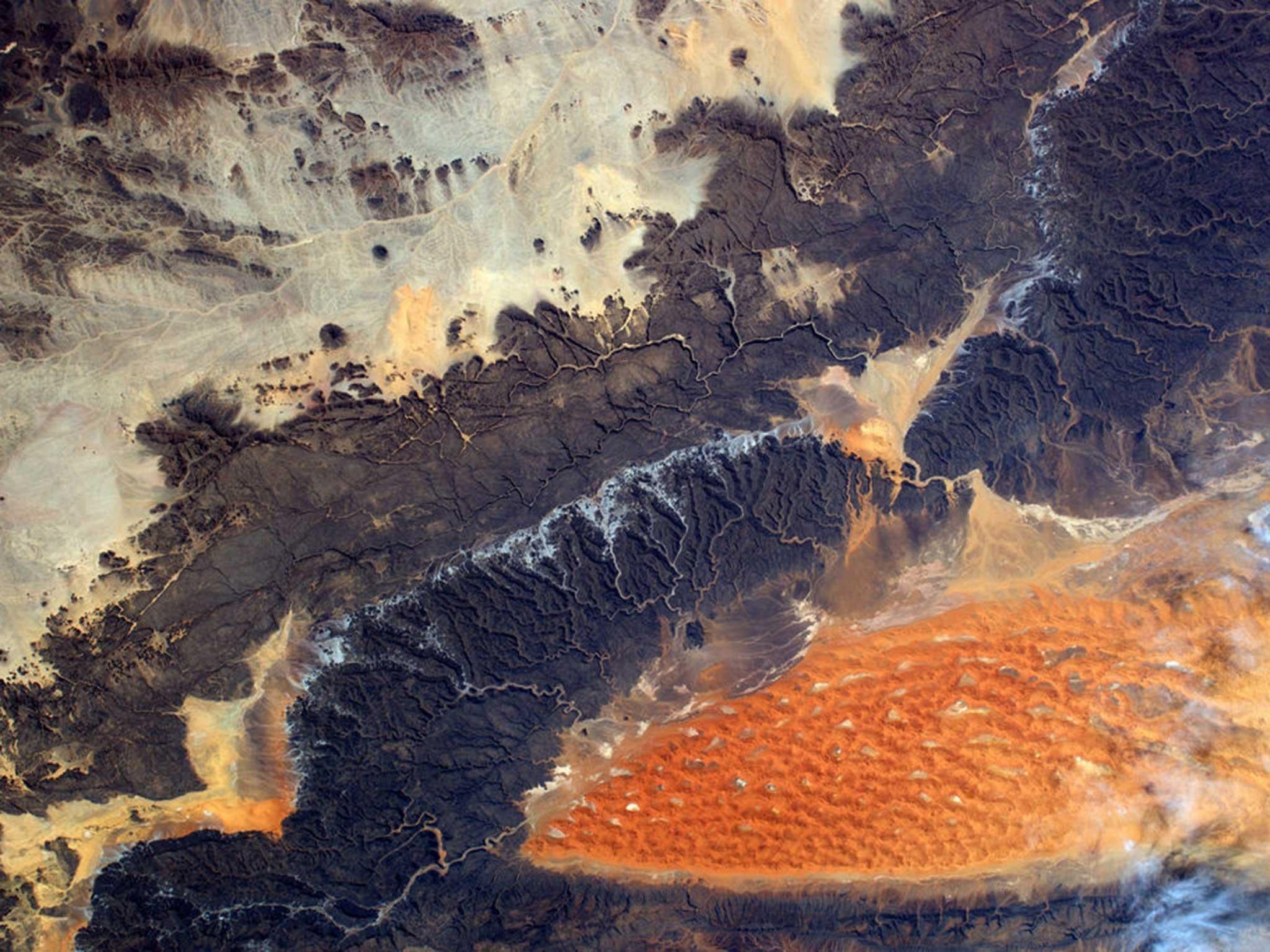
1/30 Striking Africa
"The striking colour and texture of Africa Illizi, Algeria"
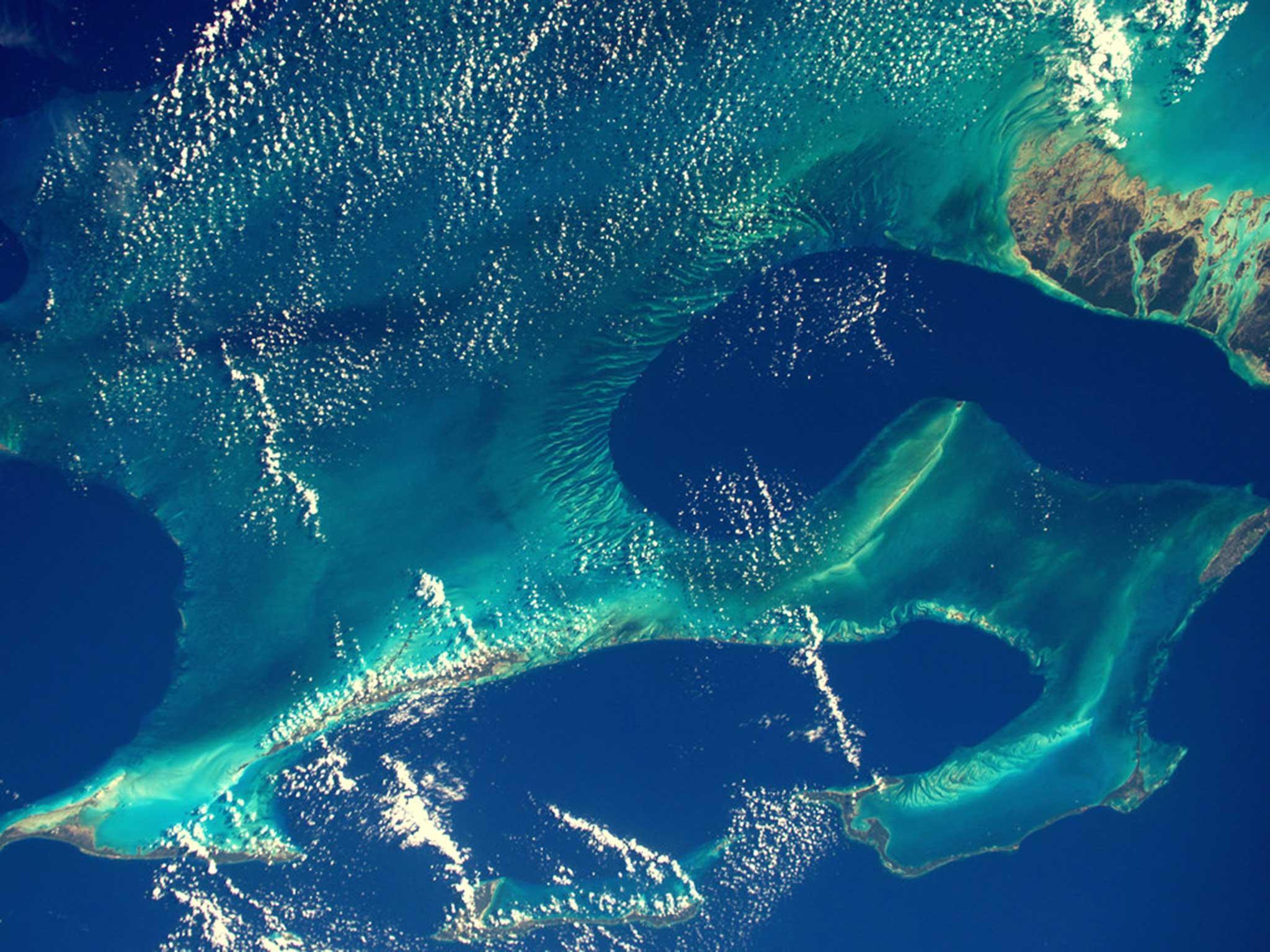
2/30 Favourite Reef
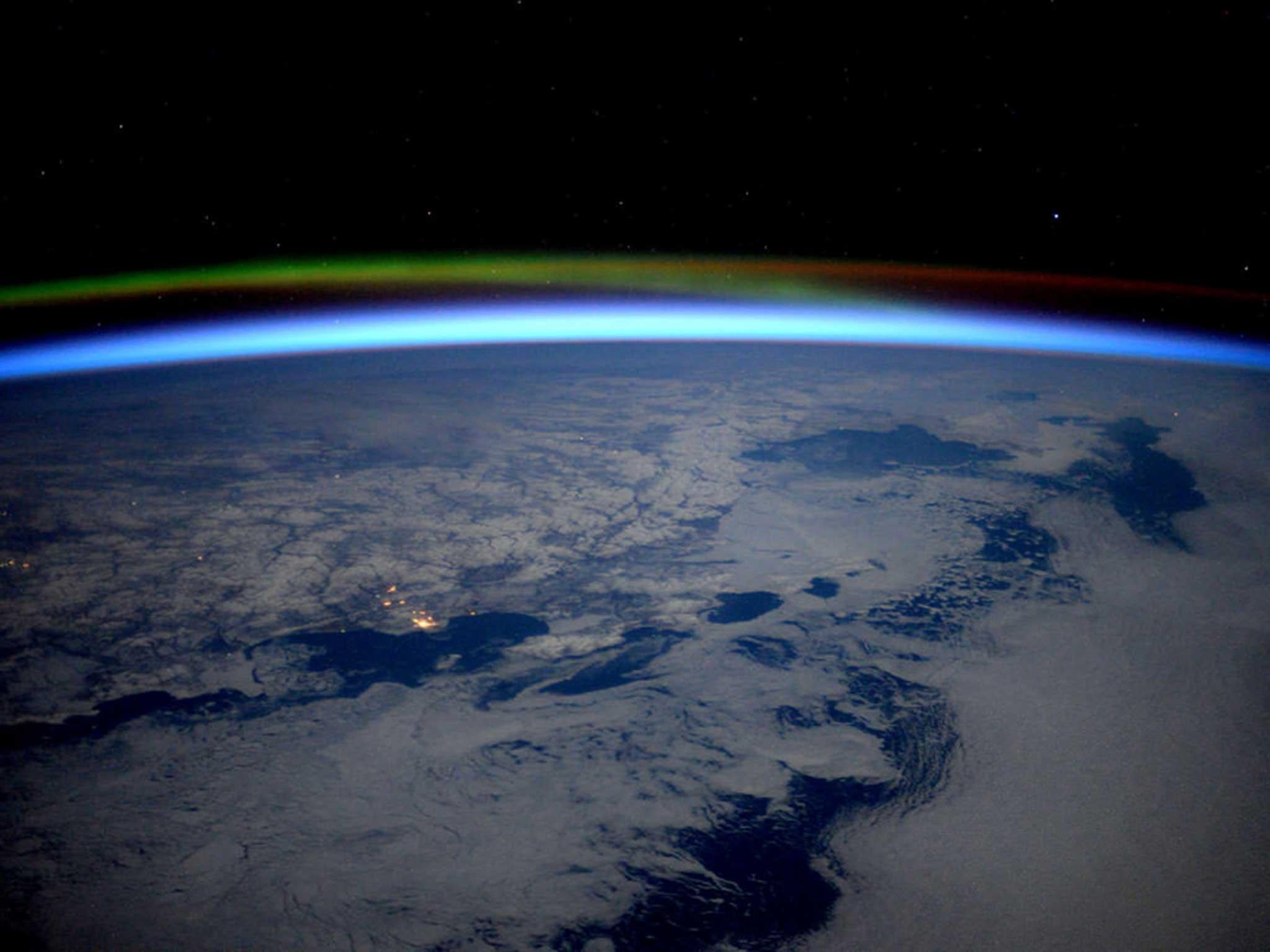
3/30 Russia's north-east coast
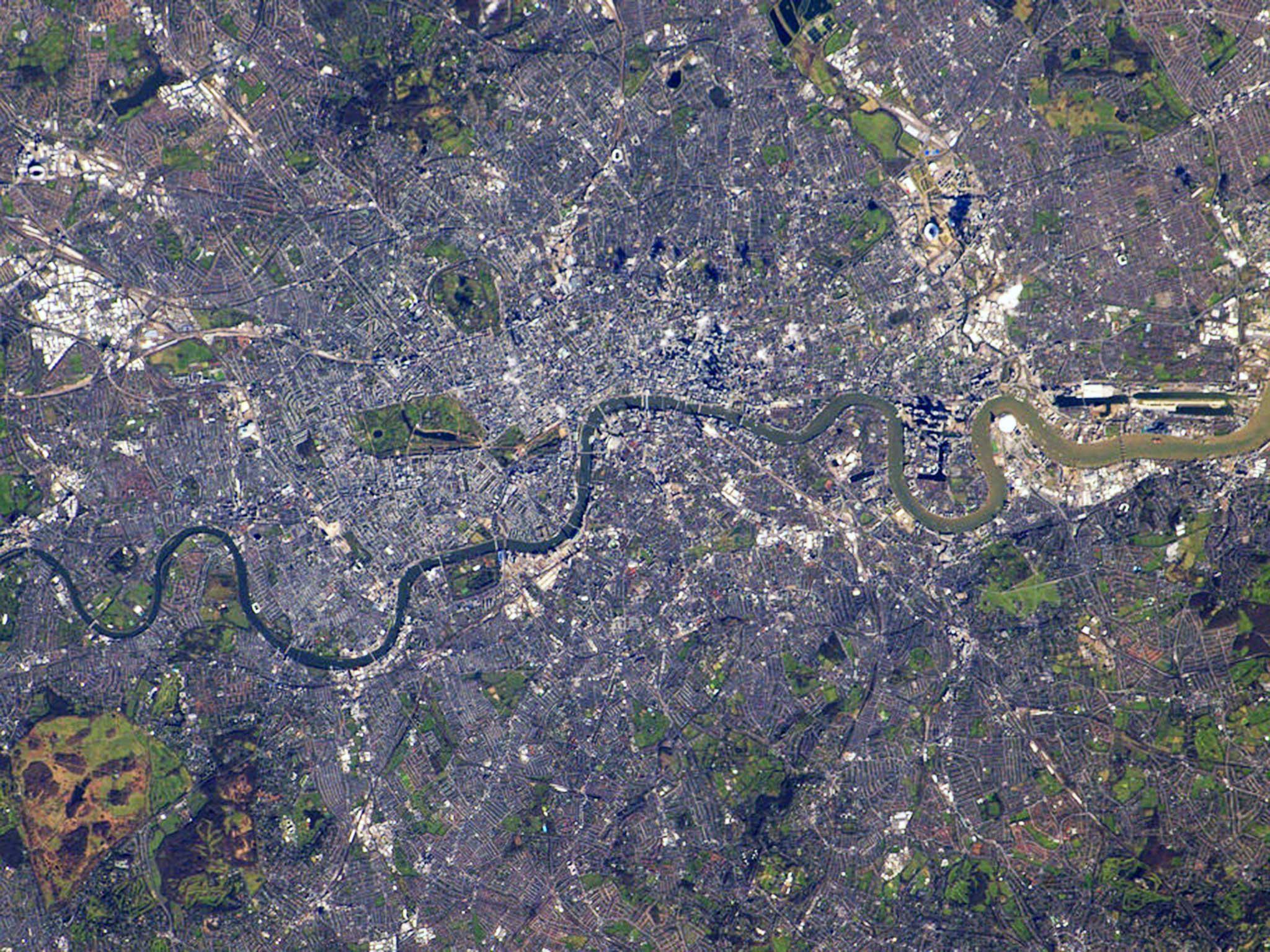
4/30 Hello London
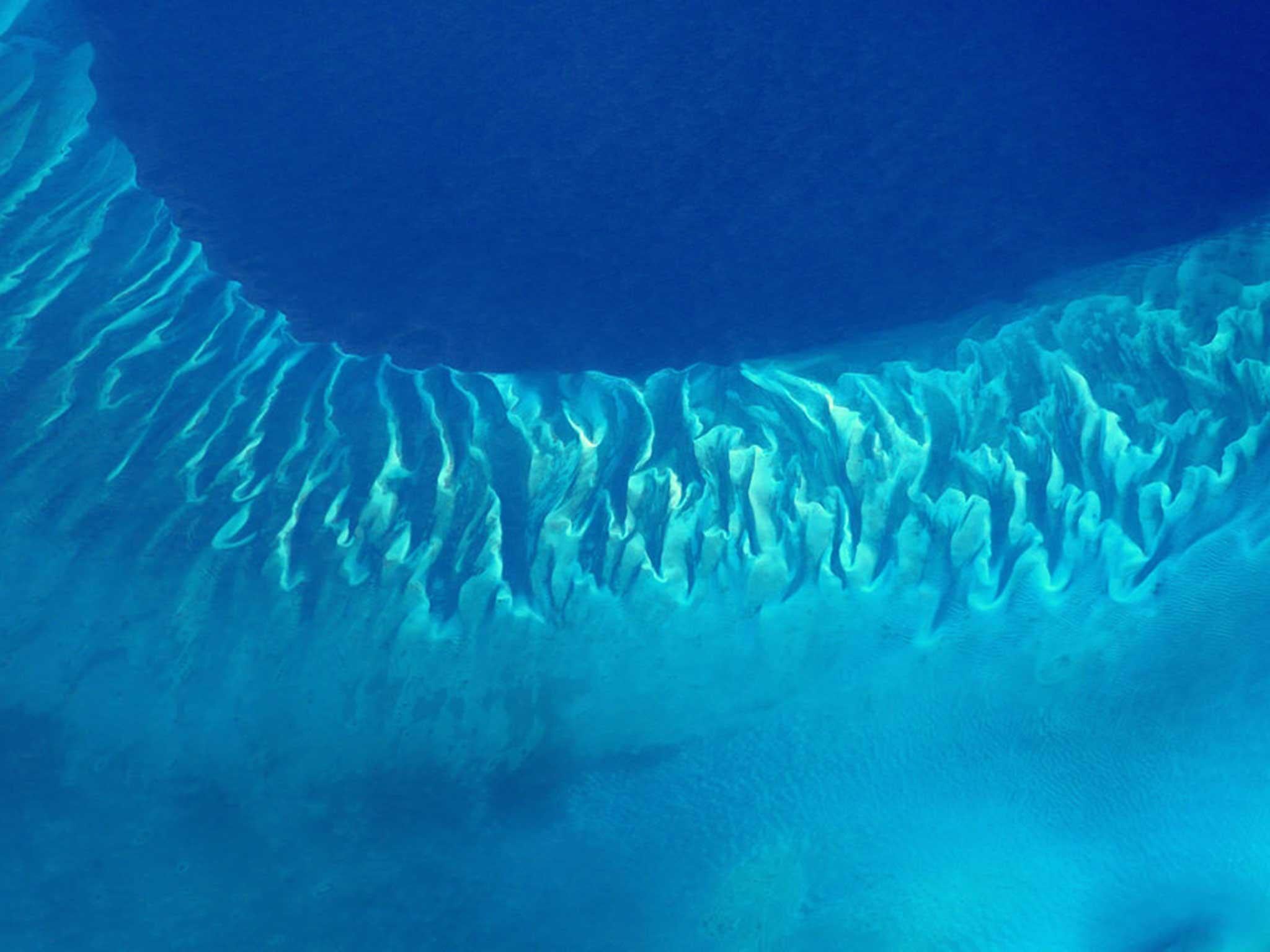
5/30 Bahamas
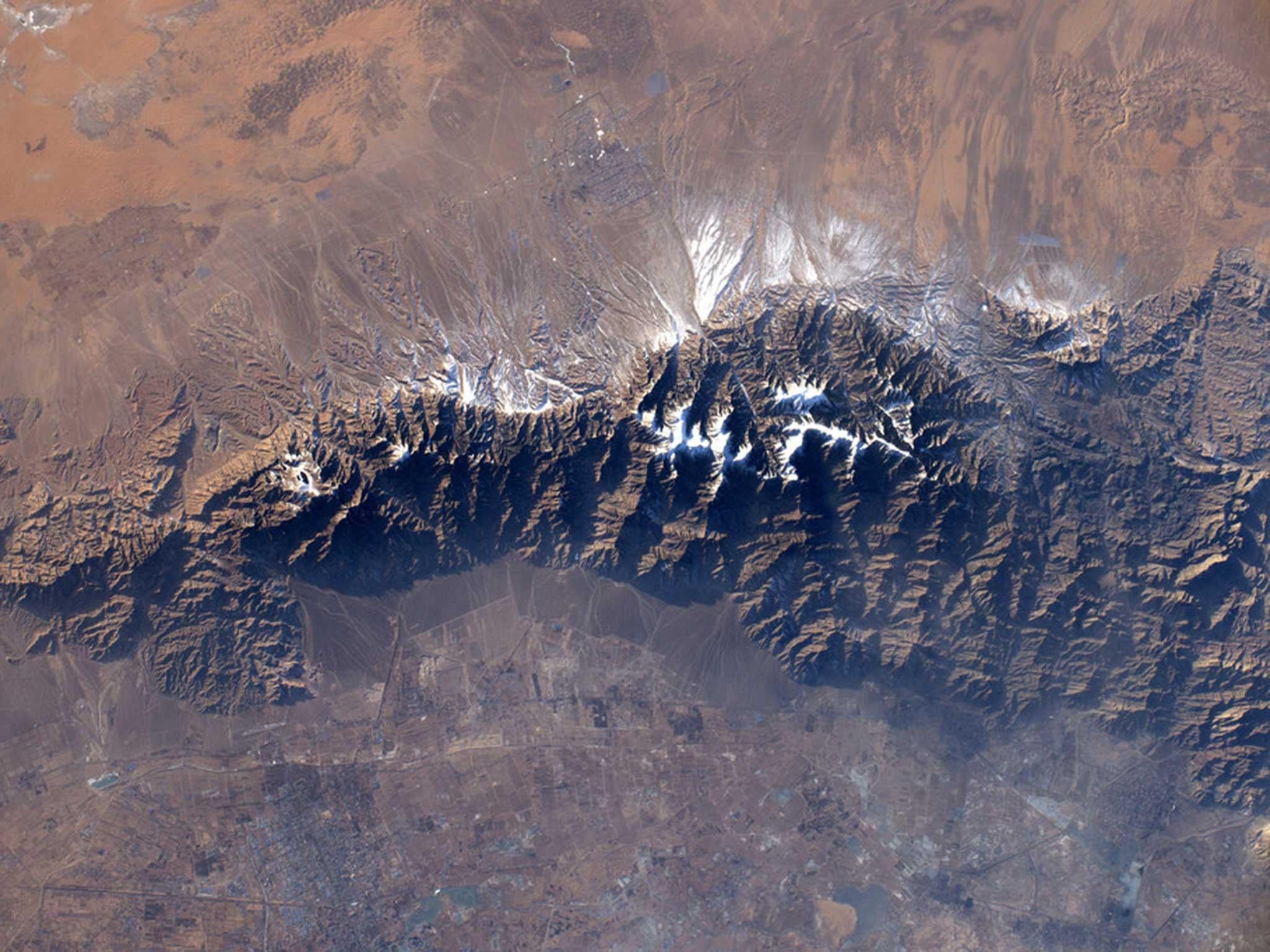
6/30 Yinchuan
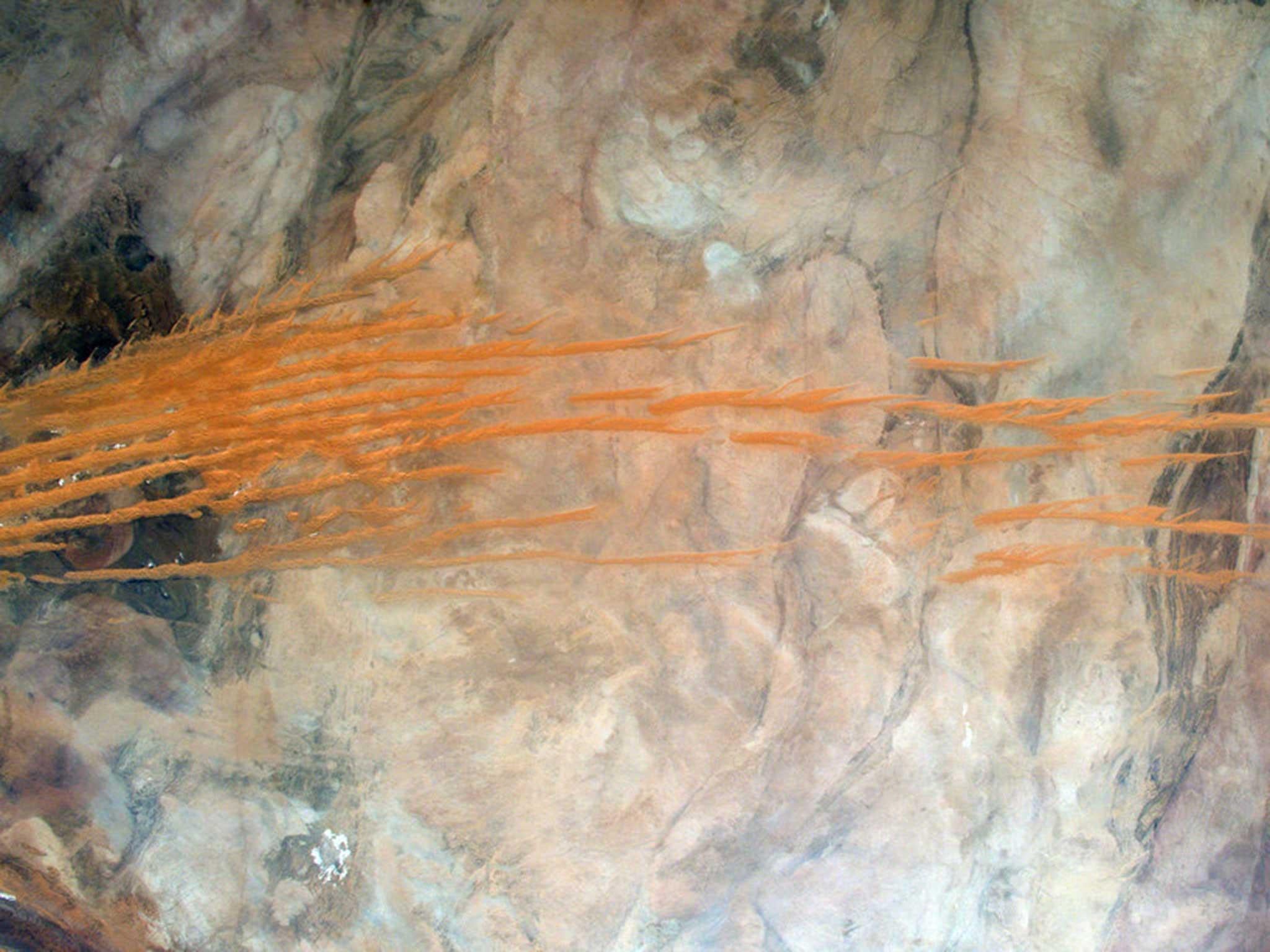
7/30 Rocket flames in Africa
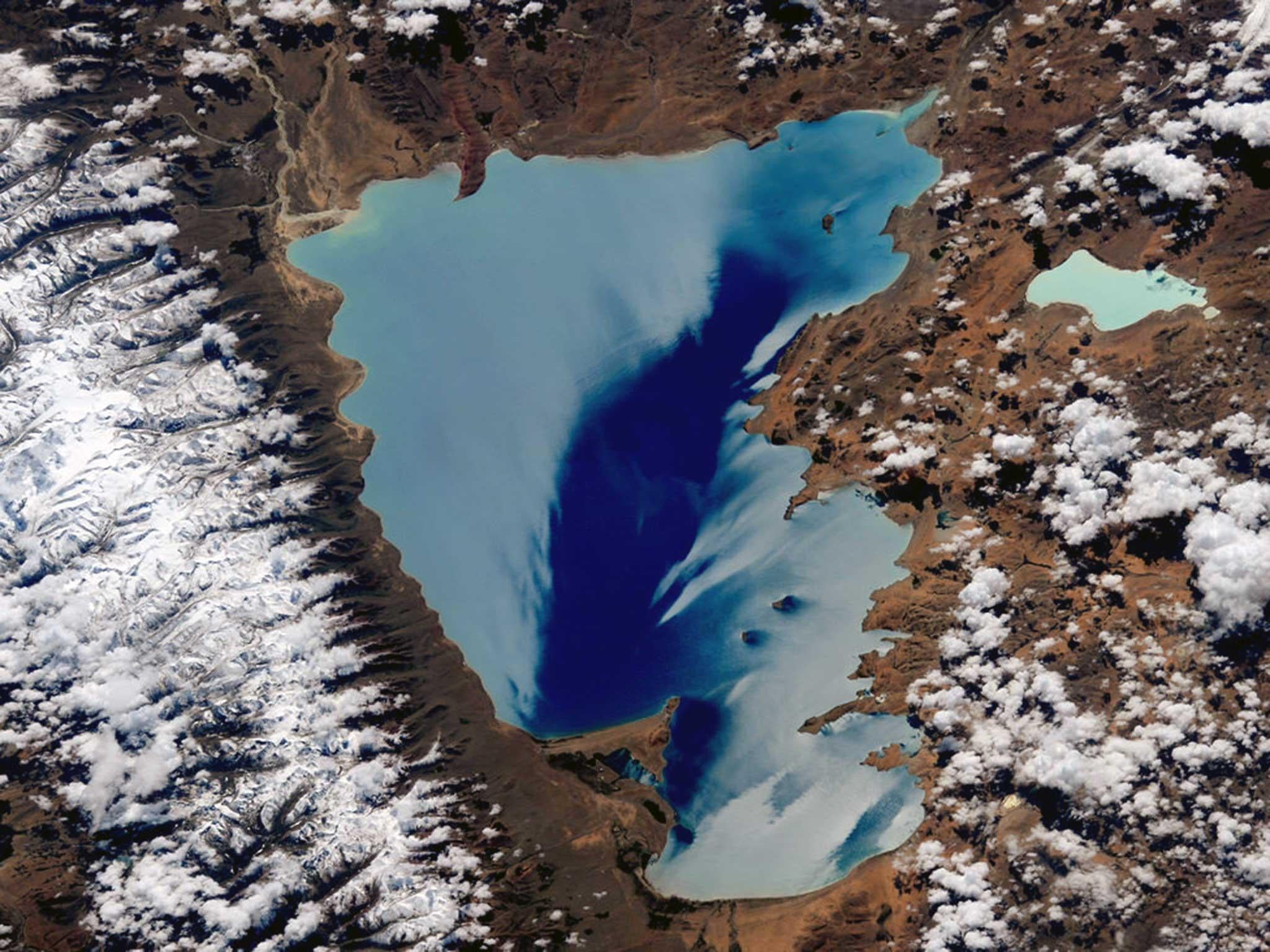
8/30 Stunning colours
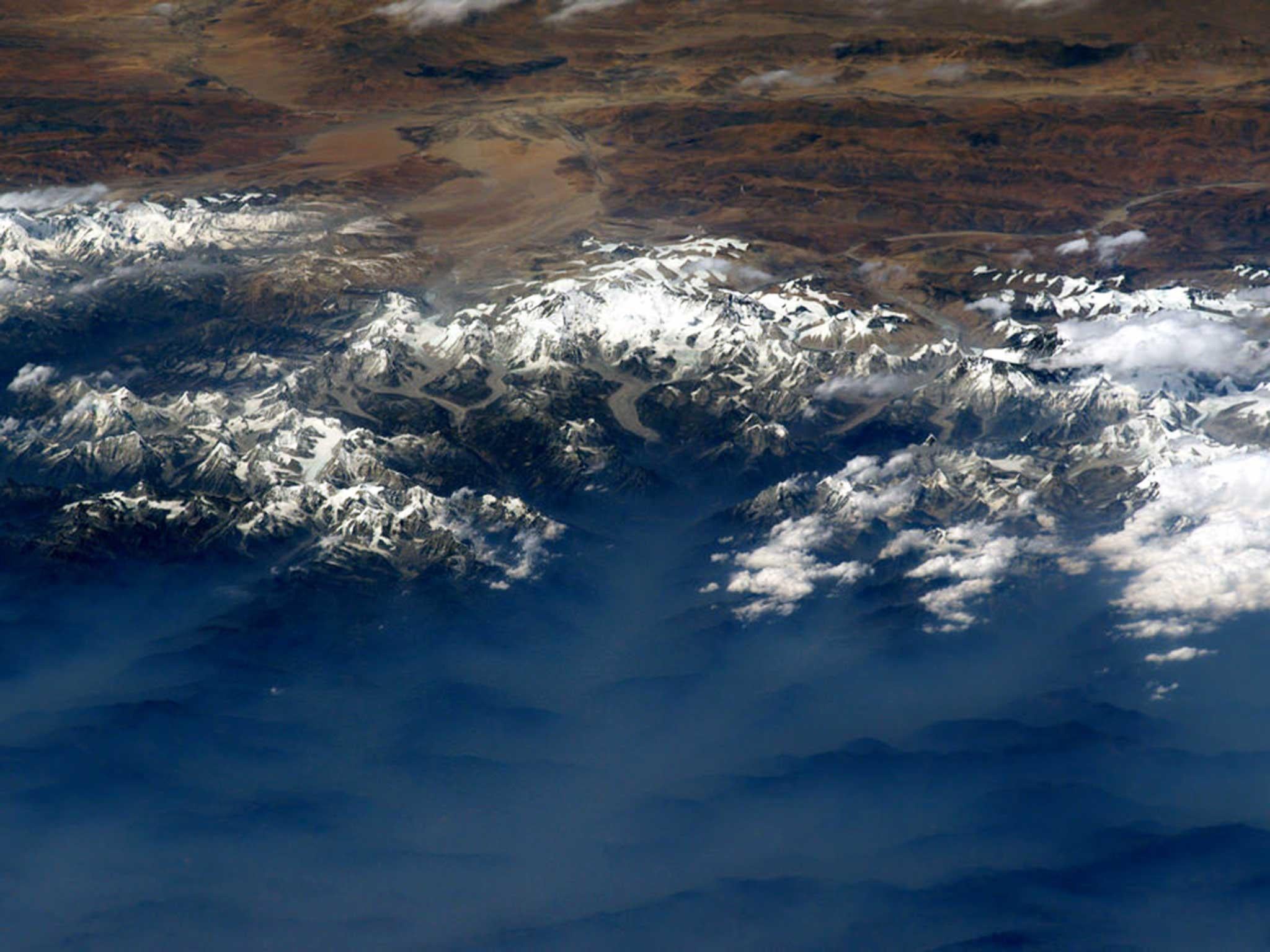
9/30 The real Everest
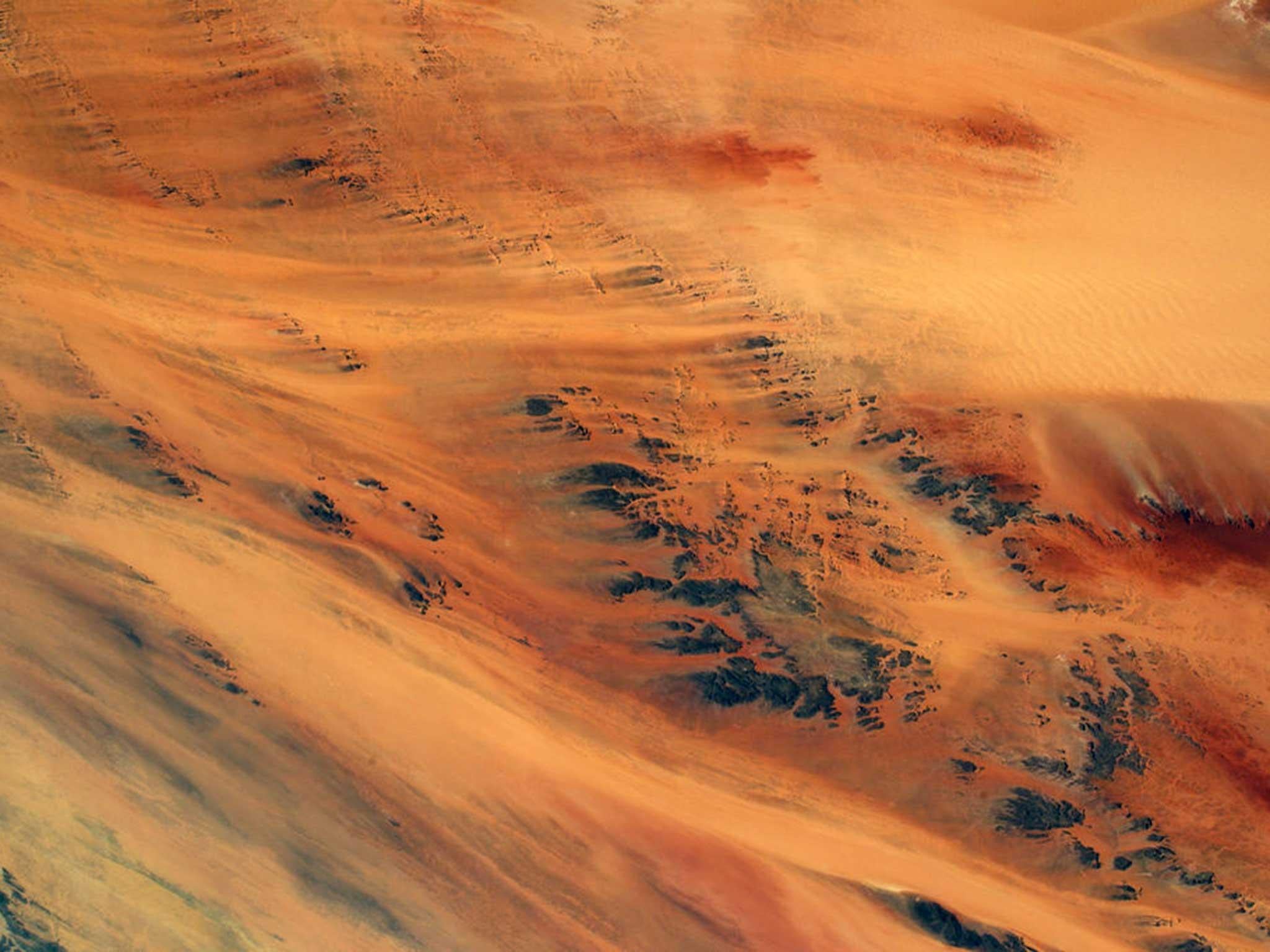
10/30 Go Exomars
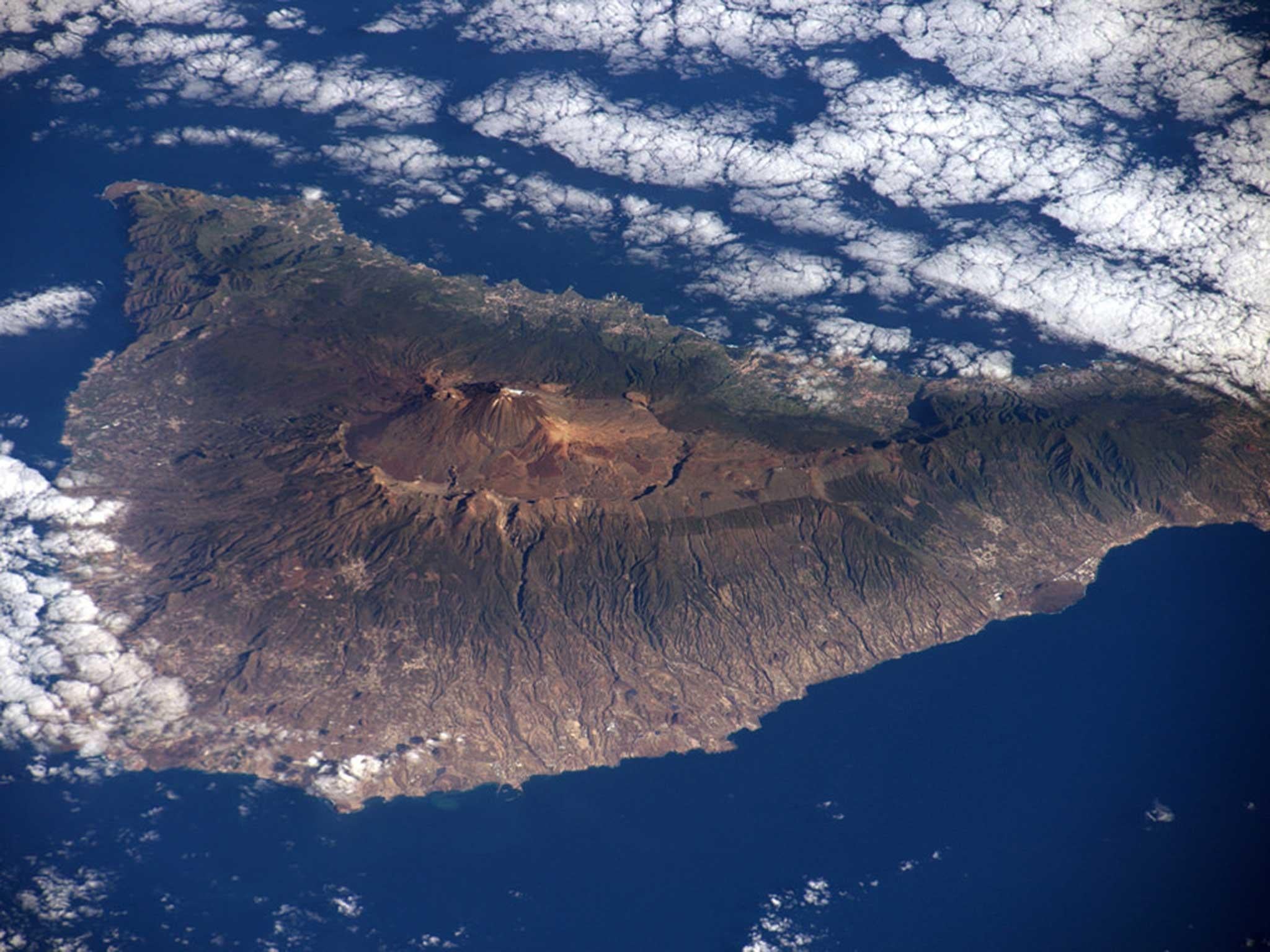
11/30 Tenerife
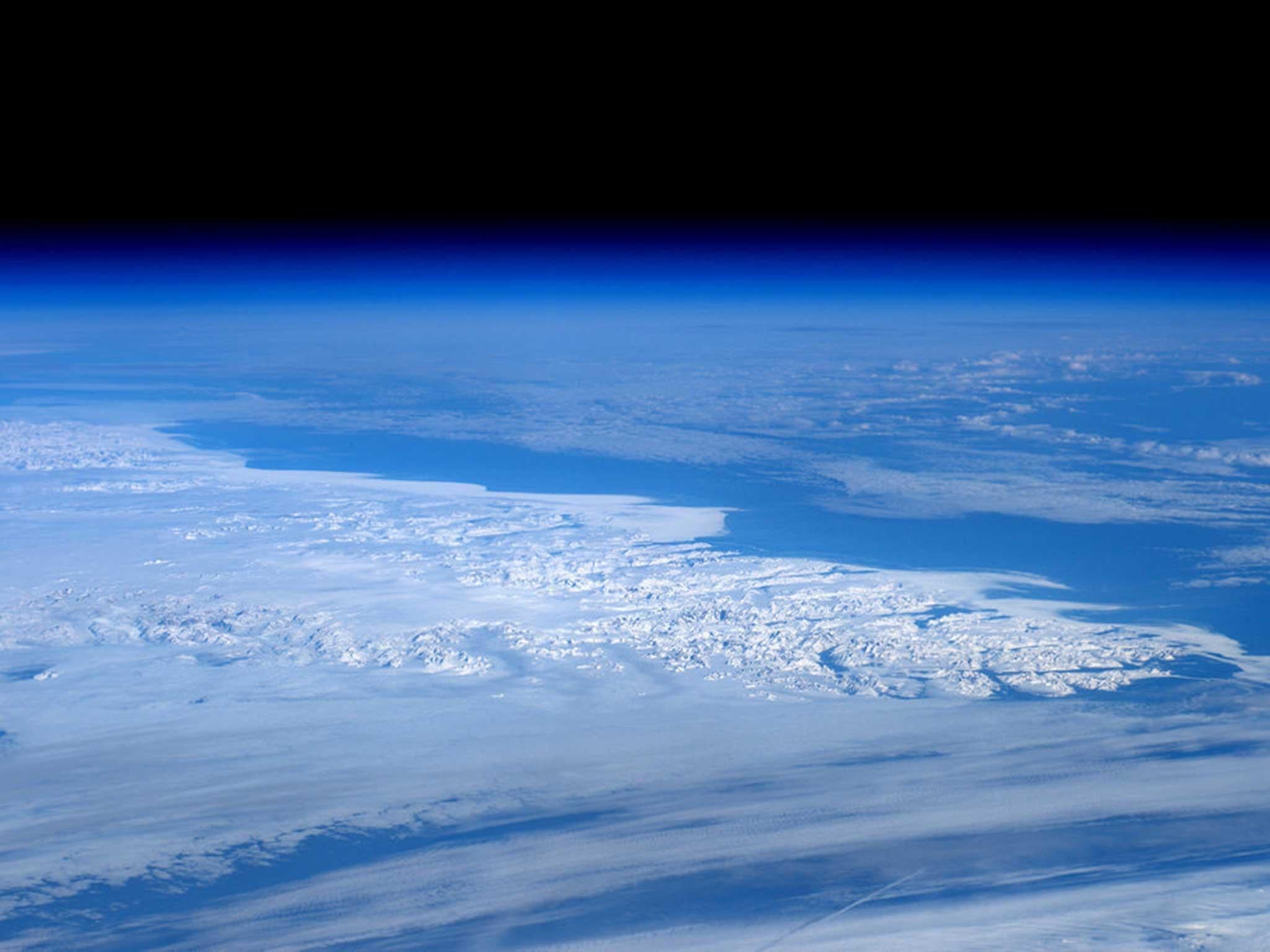
12/30 Midday winter sun
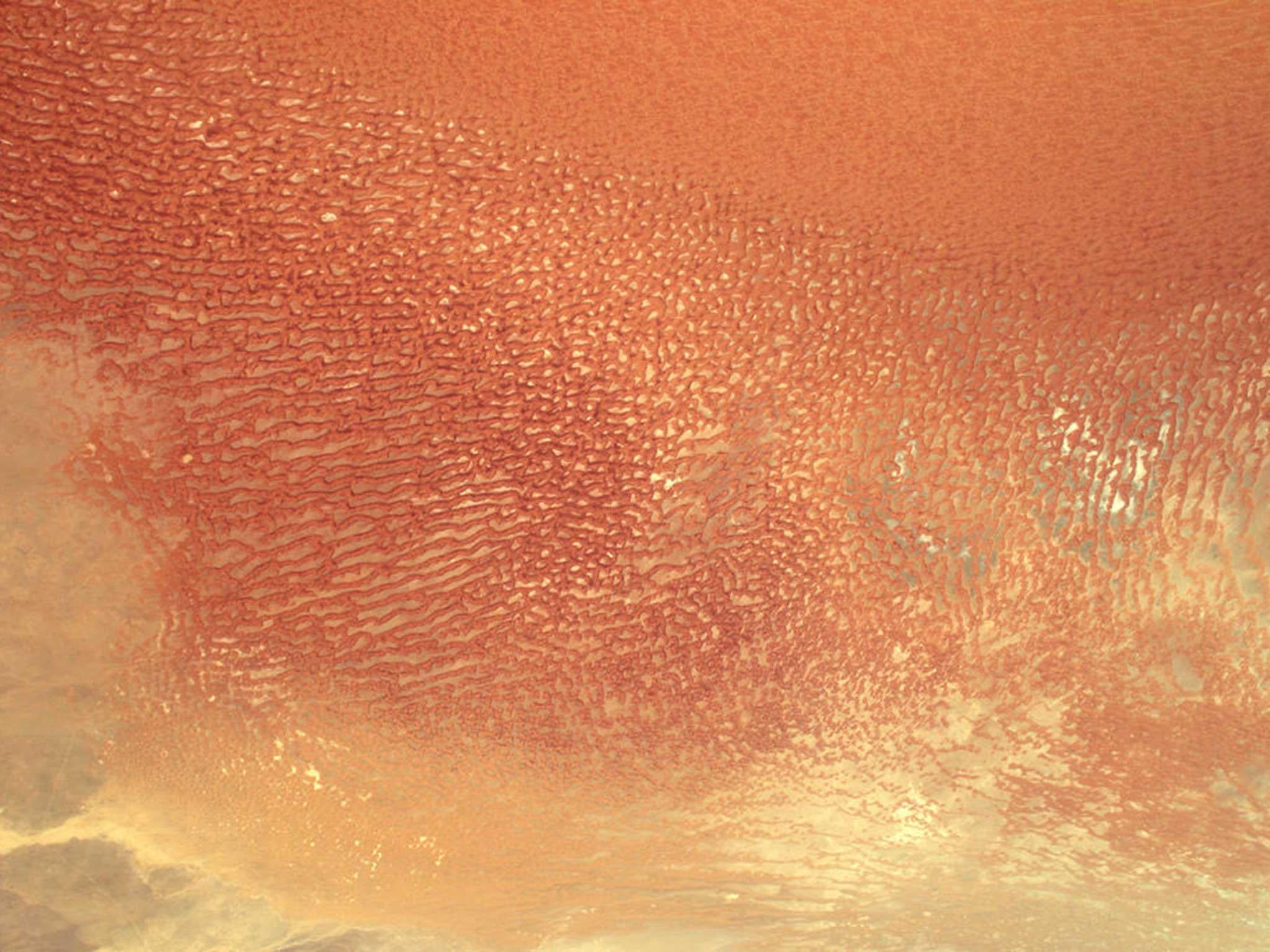
13/30 Sand dunes
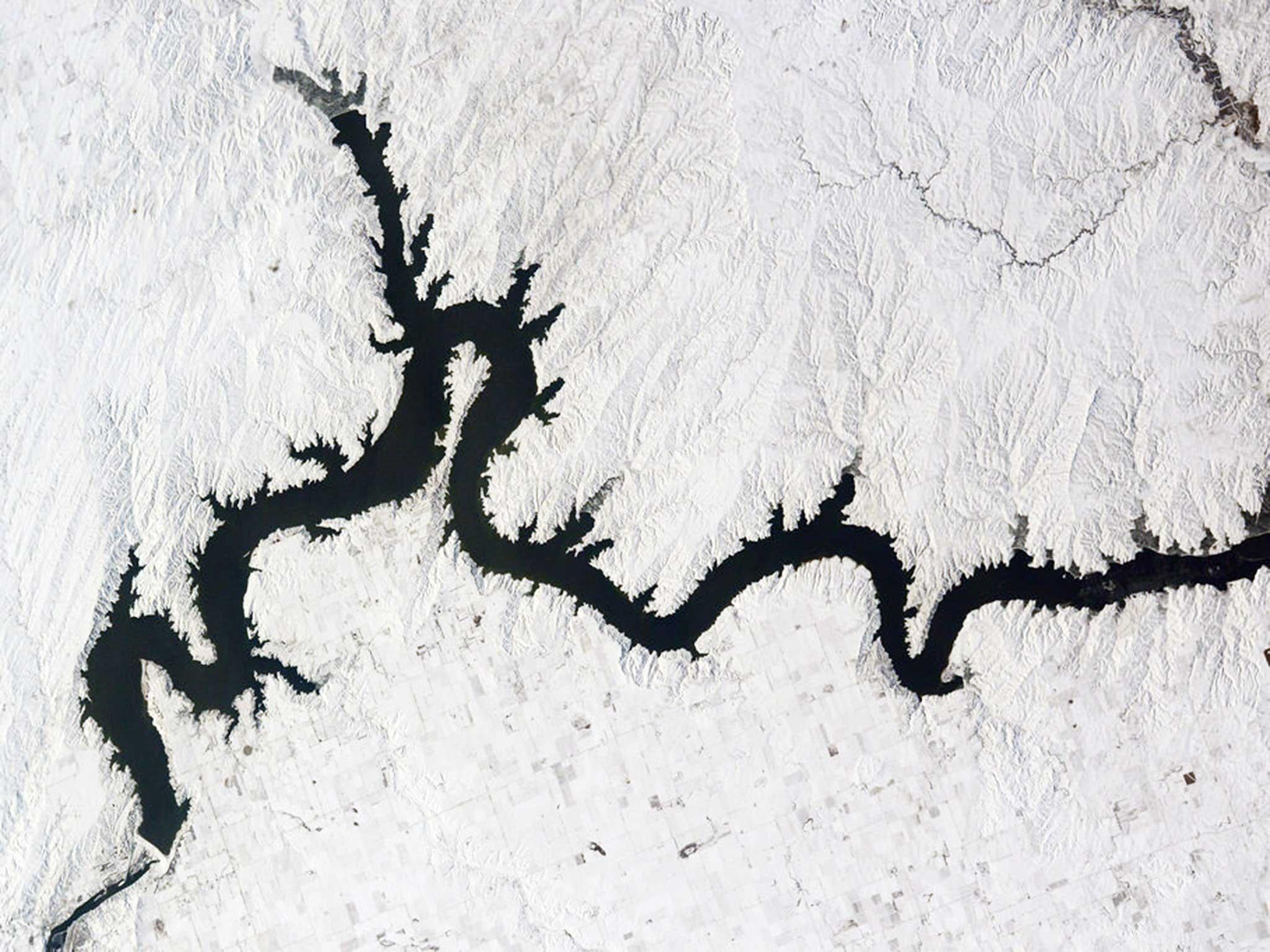
14/30 Dragon Dam
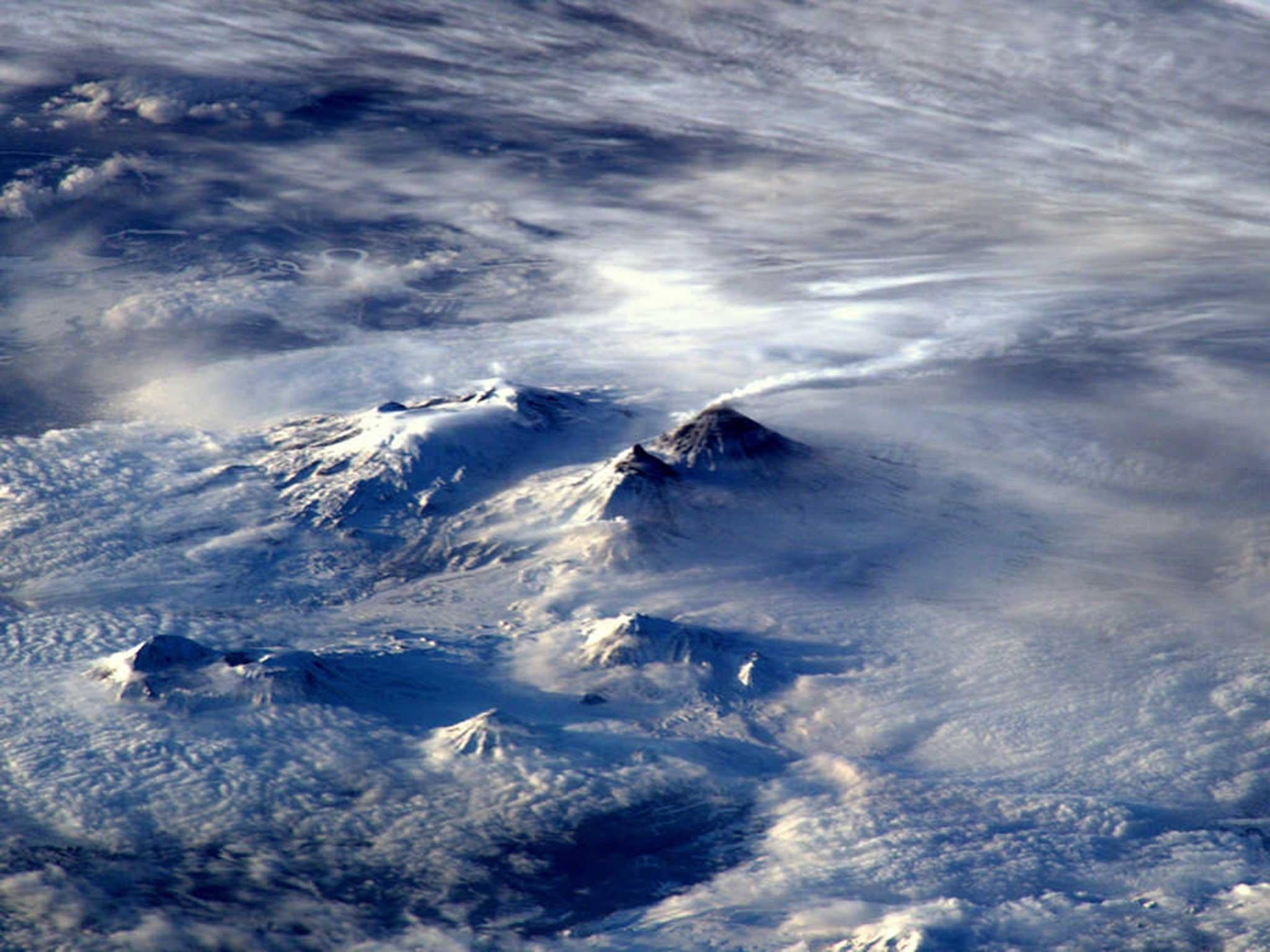
15/30 Smoking volcano
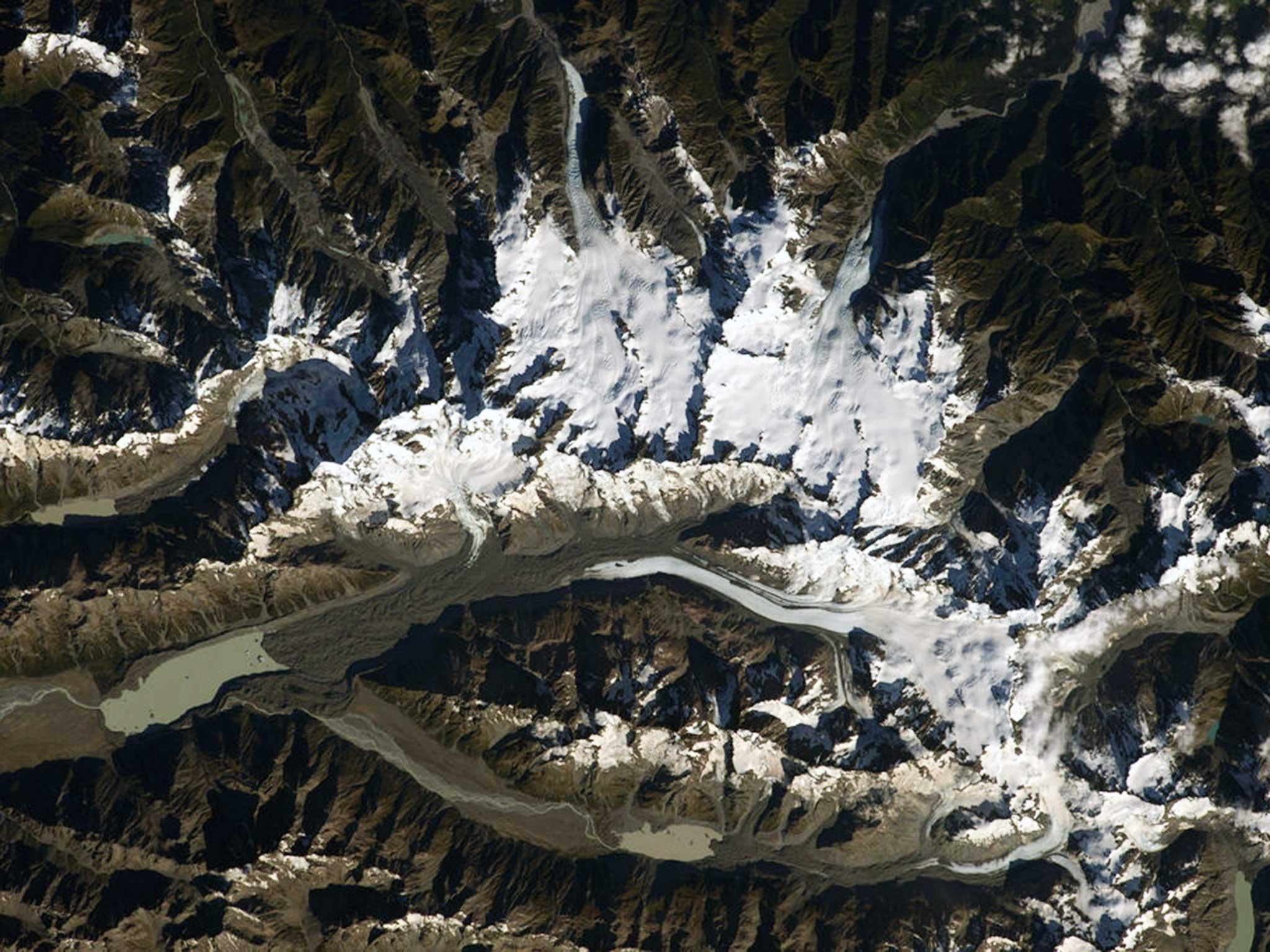
16/30 New Zealand
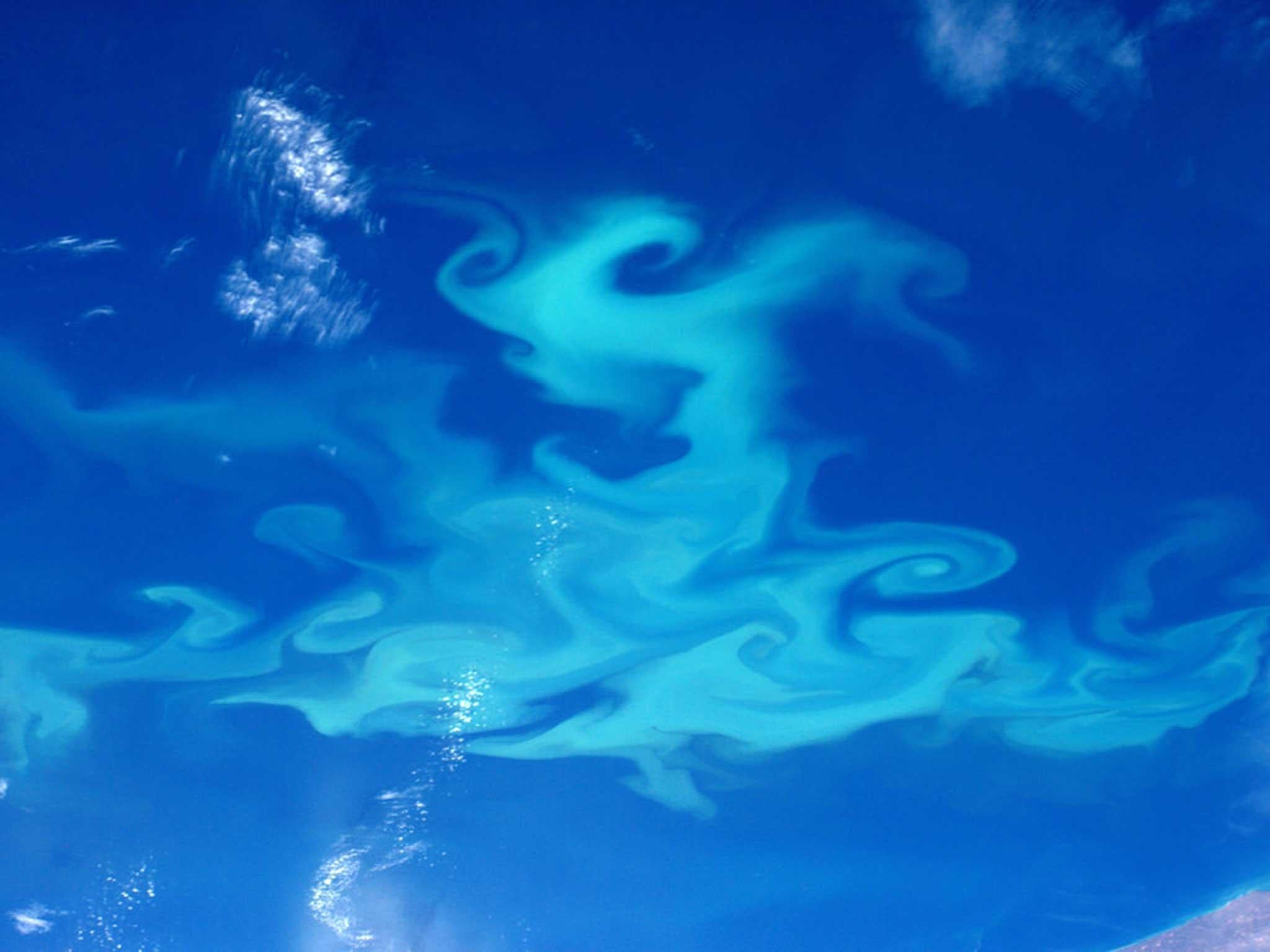
17/30 Plankton bloom
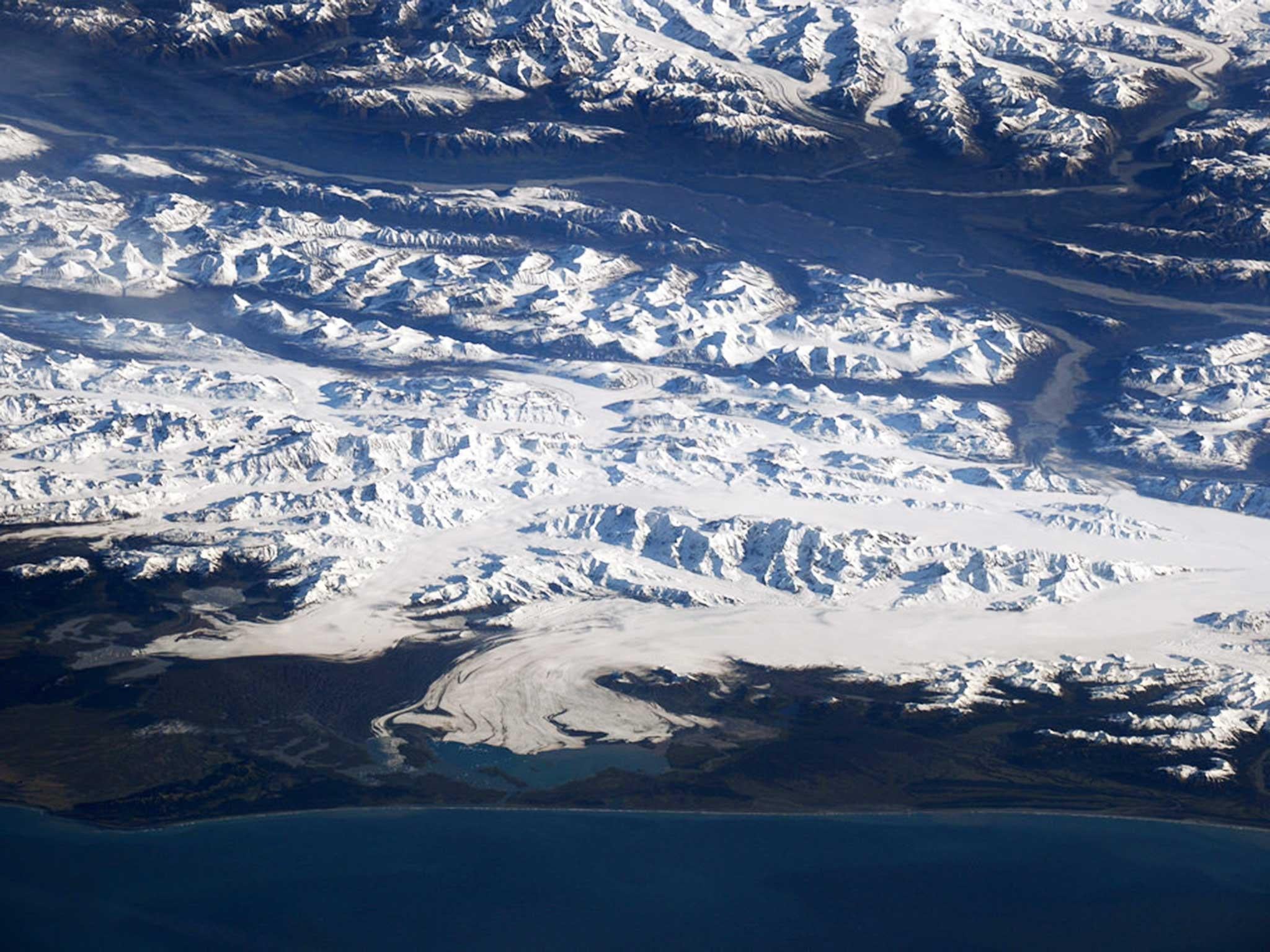
18/30 Alaska
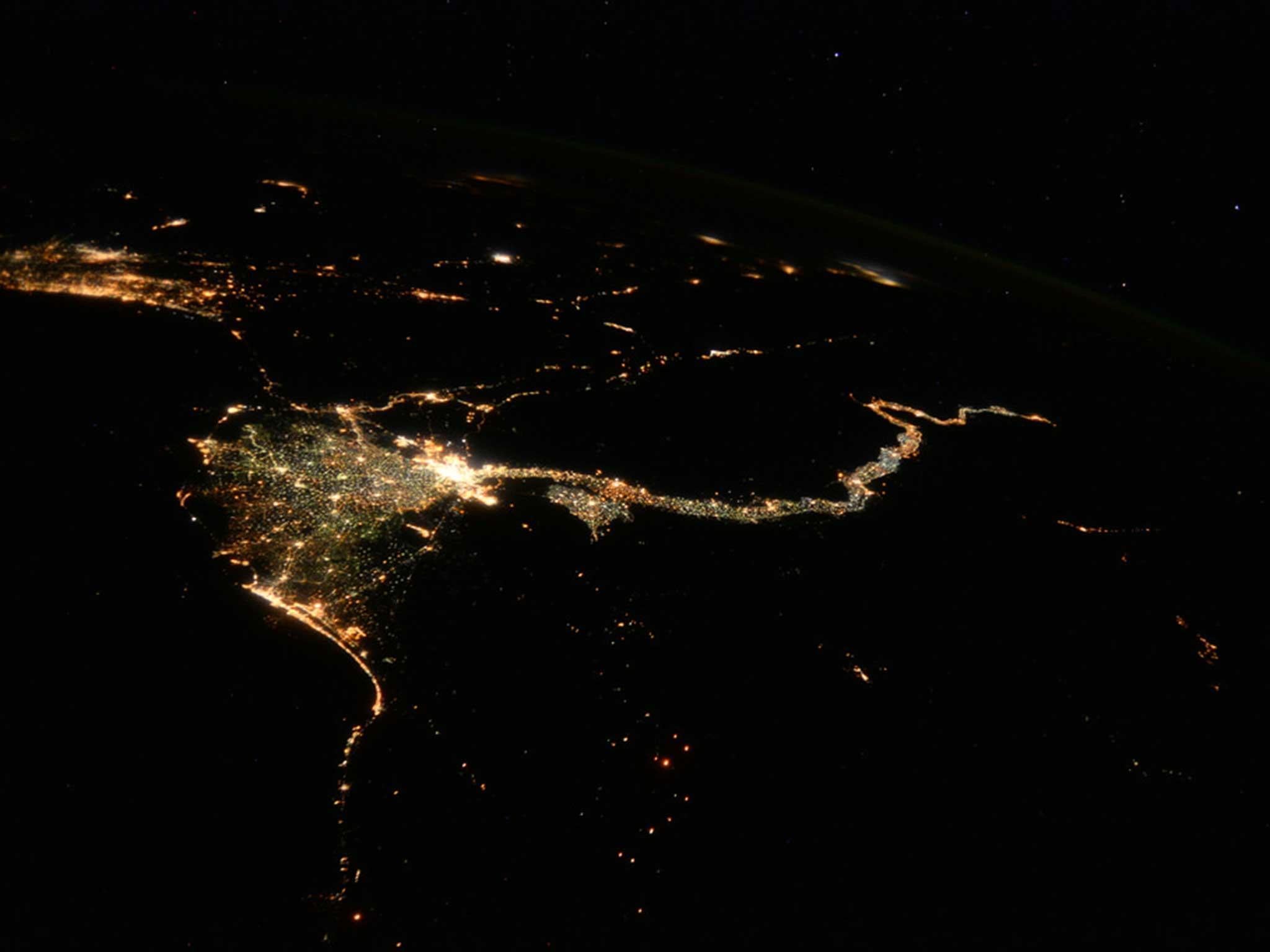
19/30 Lights along the Nile
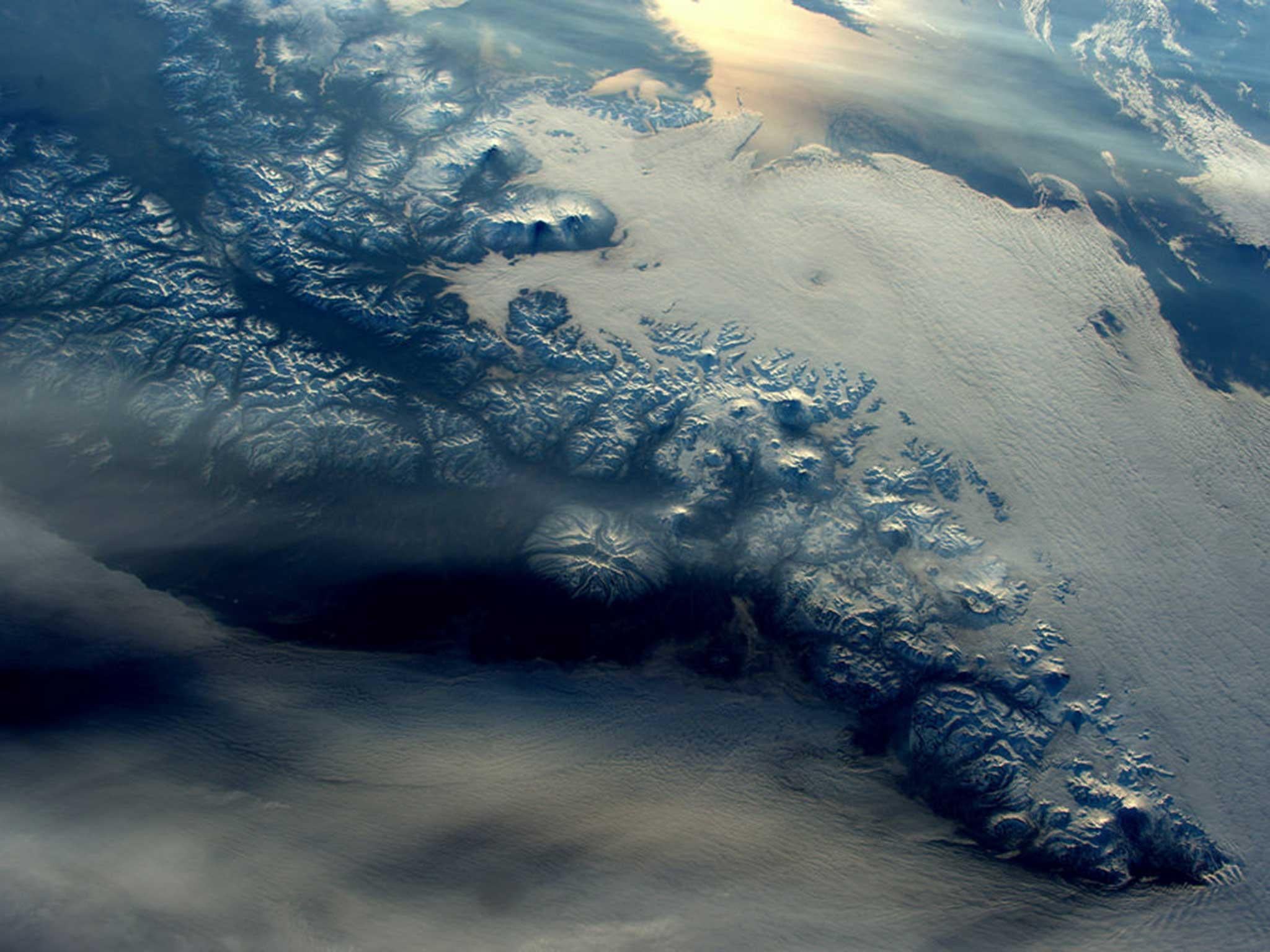
20/30 Kamchatka
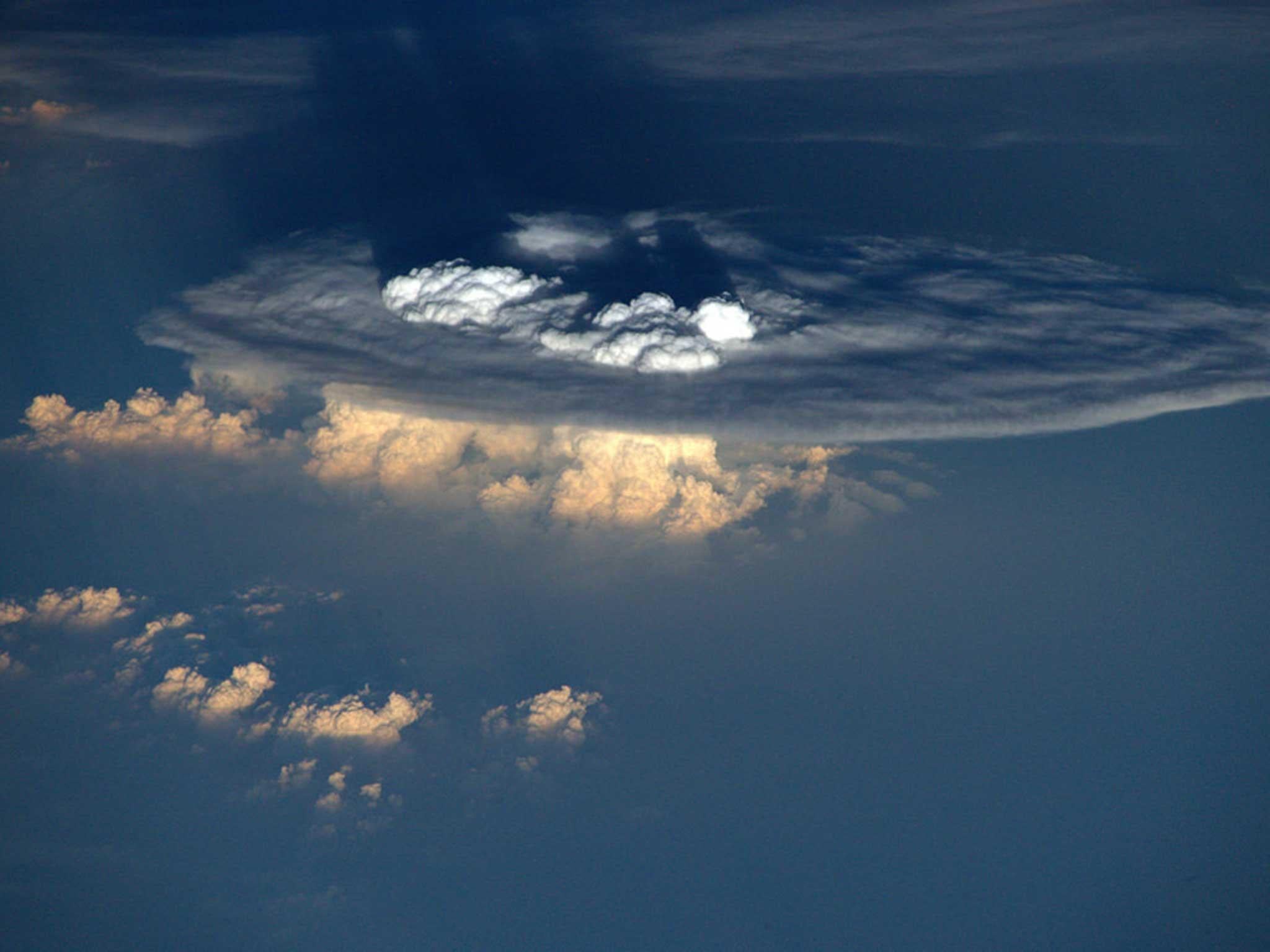
21/30 Cumulonimbus
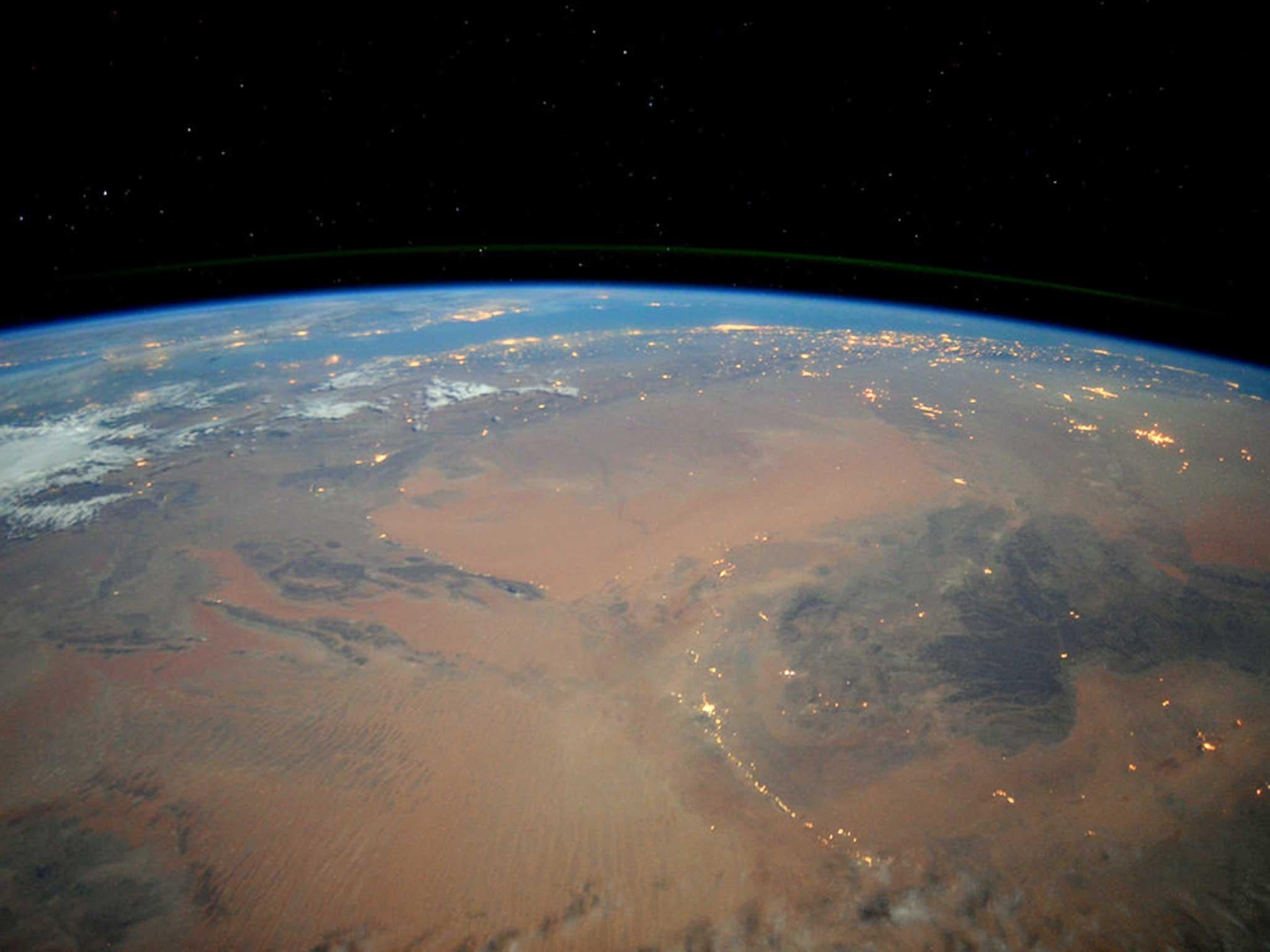
22/30 Night Sahara
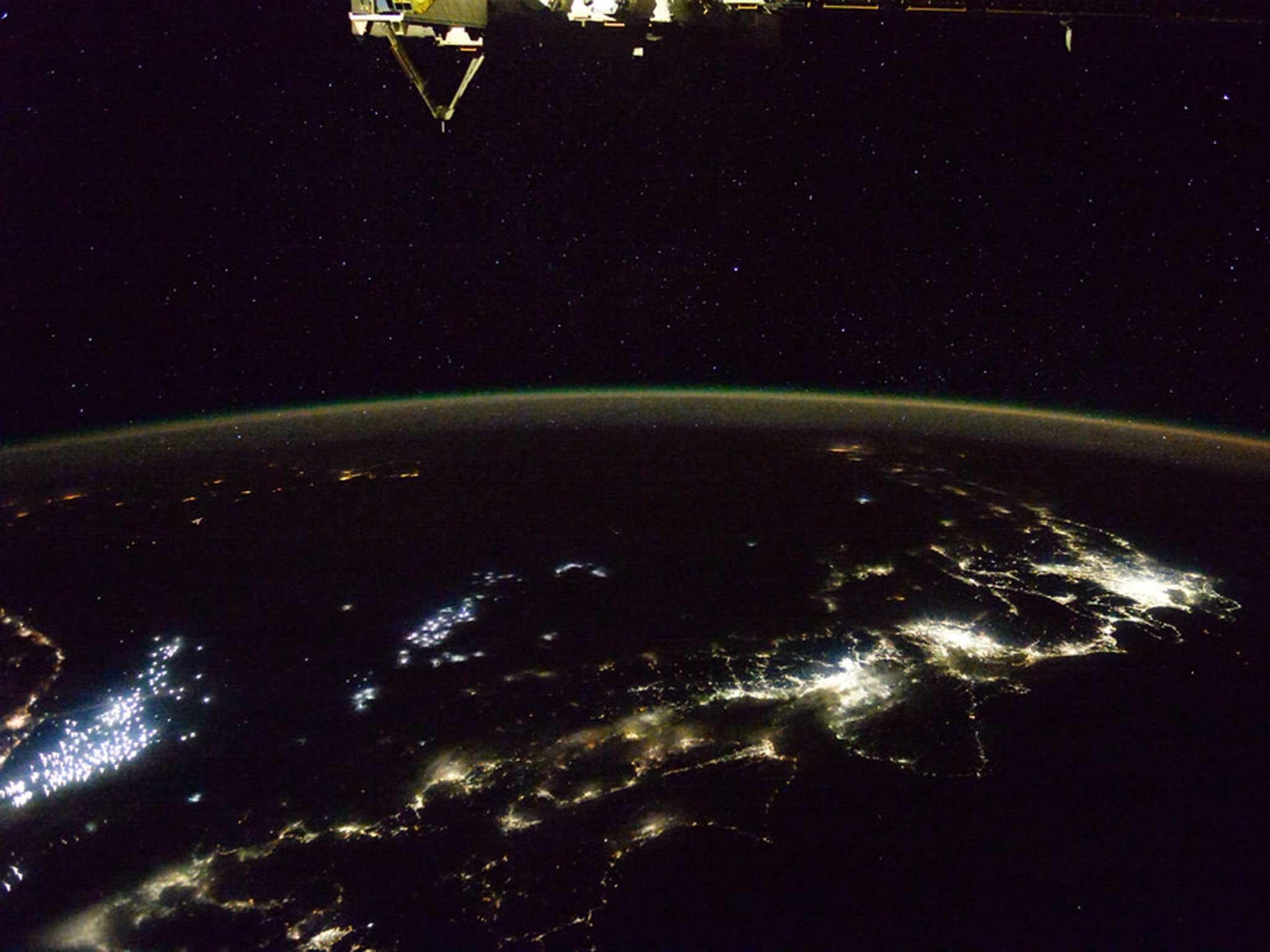
23/30 Japan
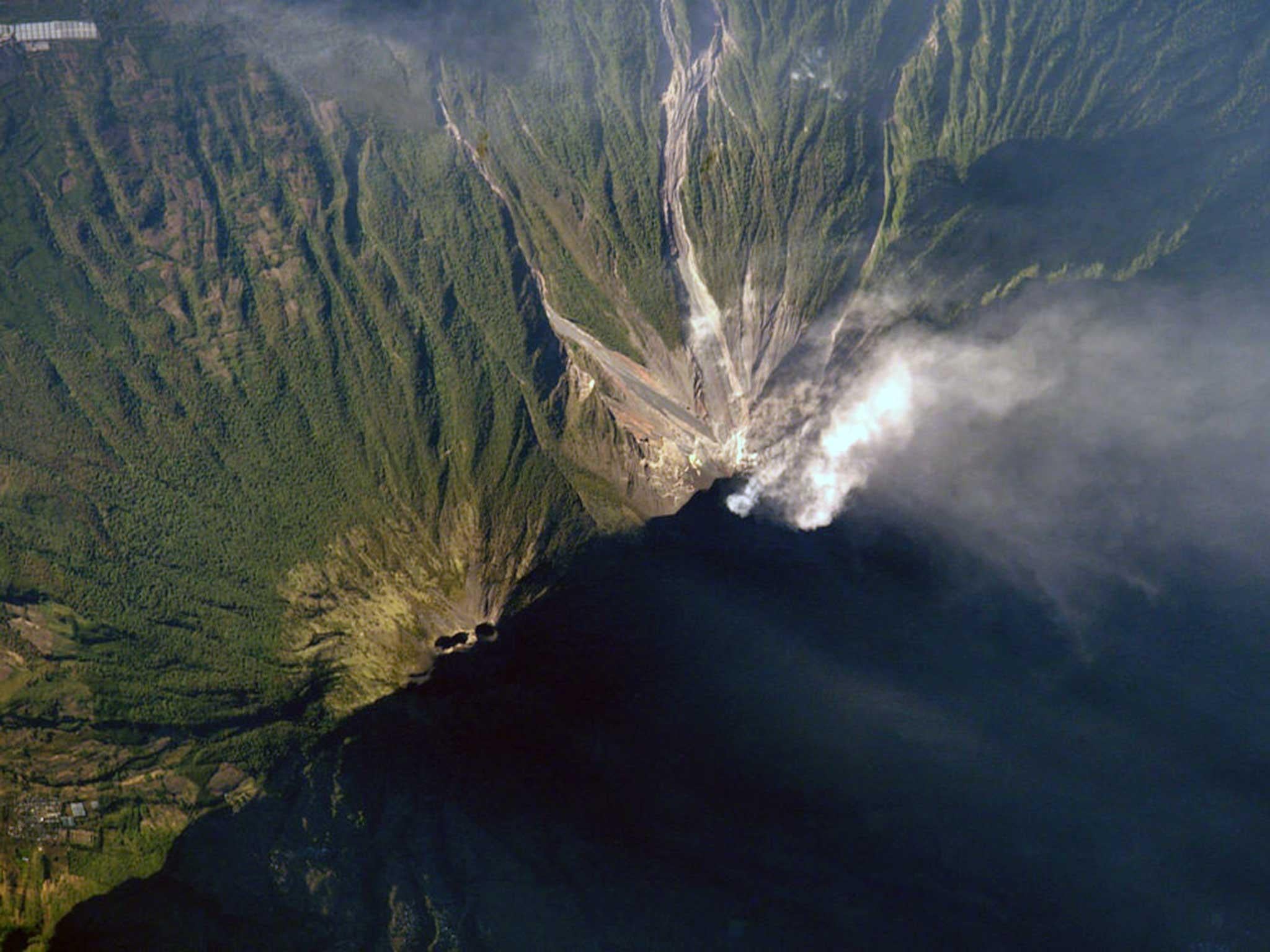
24/30 Morning sun volcanoes
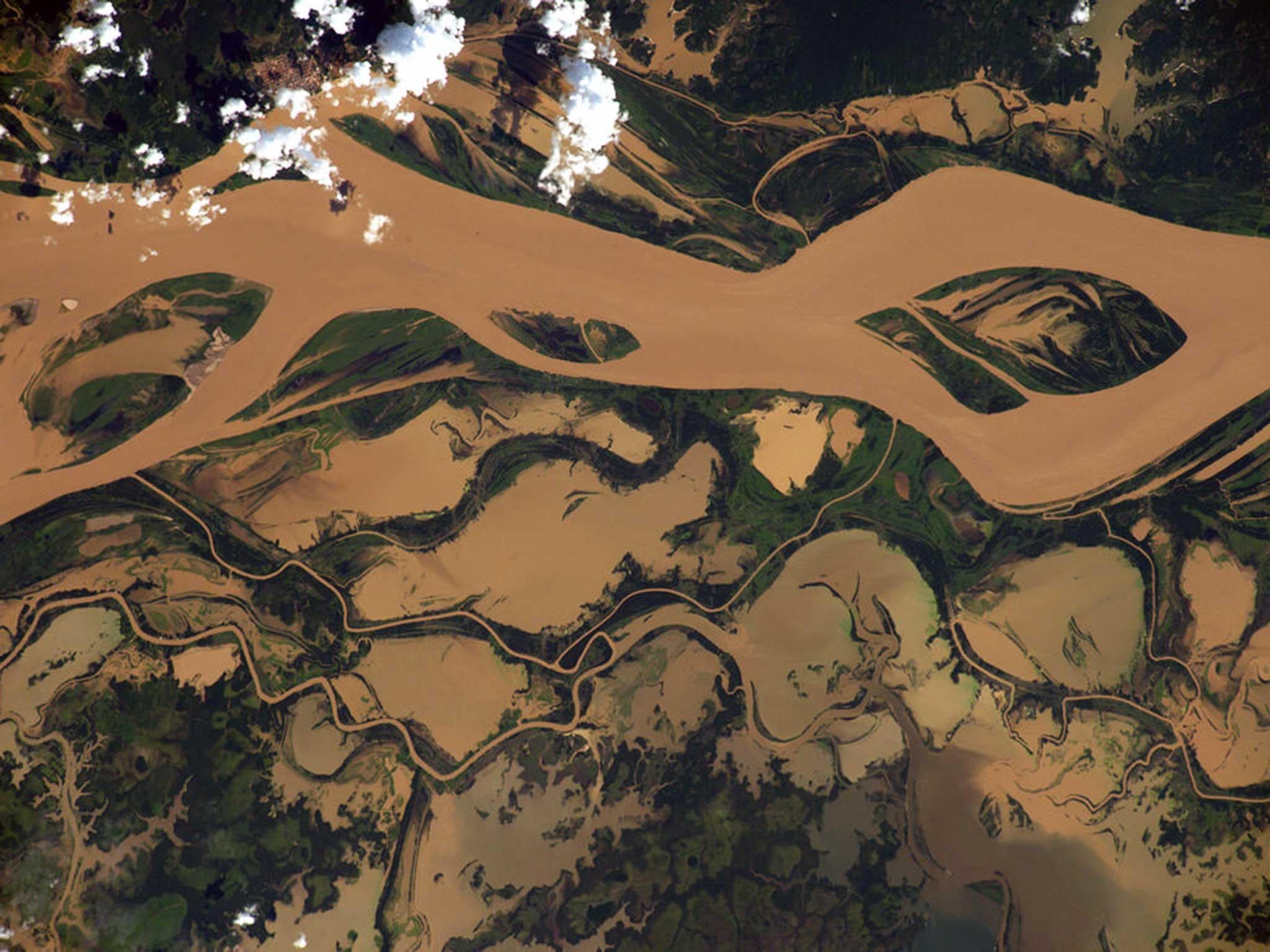
25/30 Tapajos River
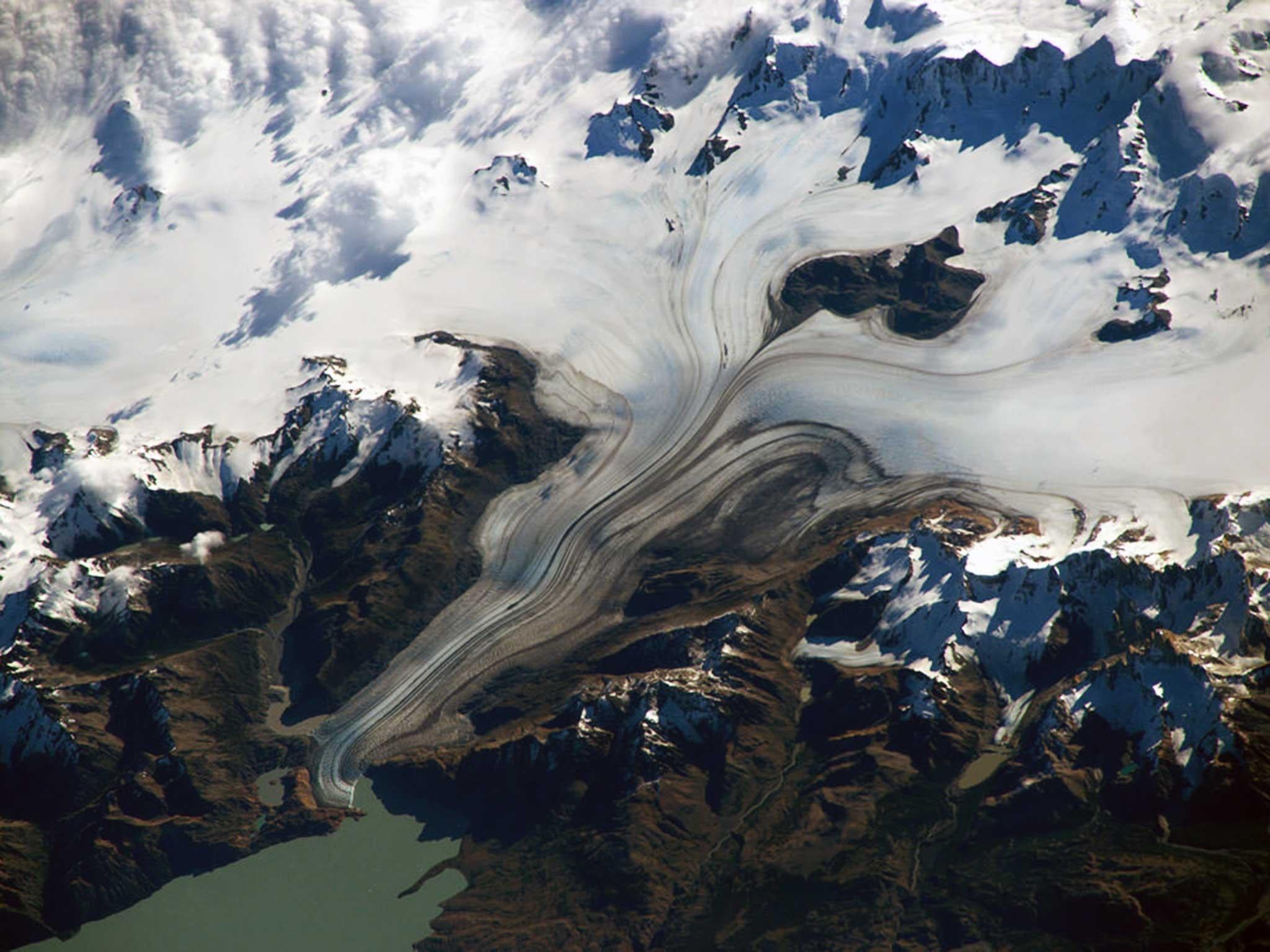
26/30 Patagonia
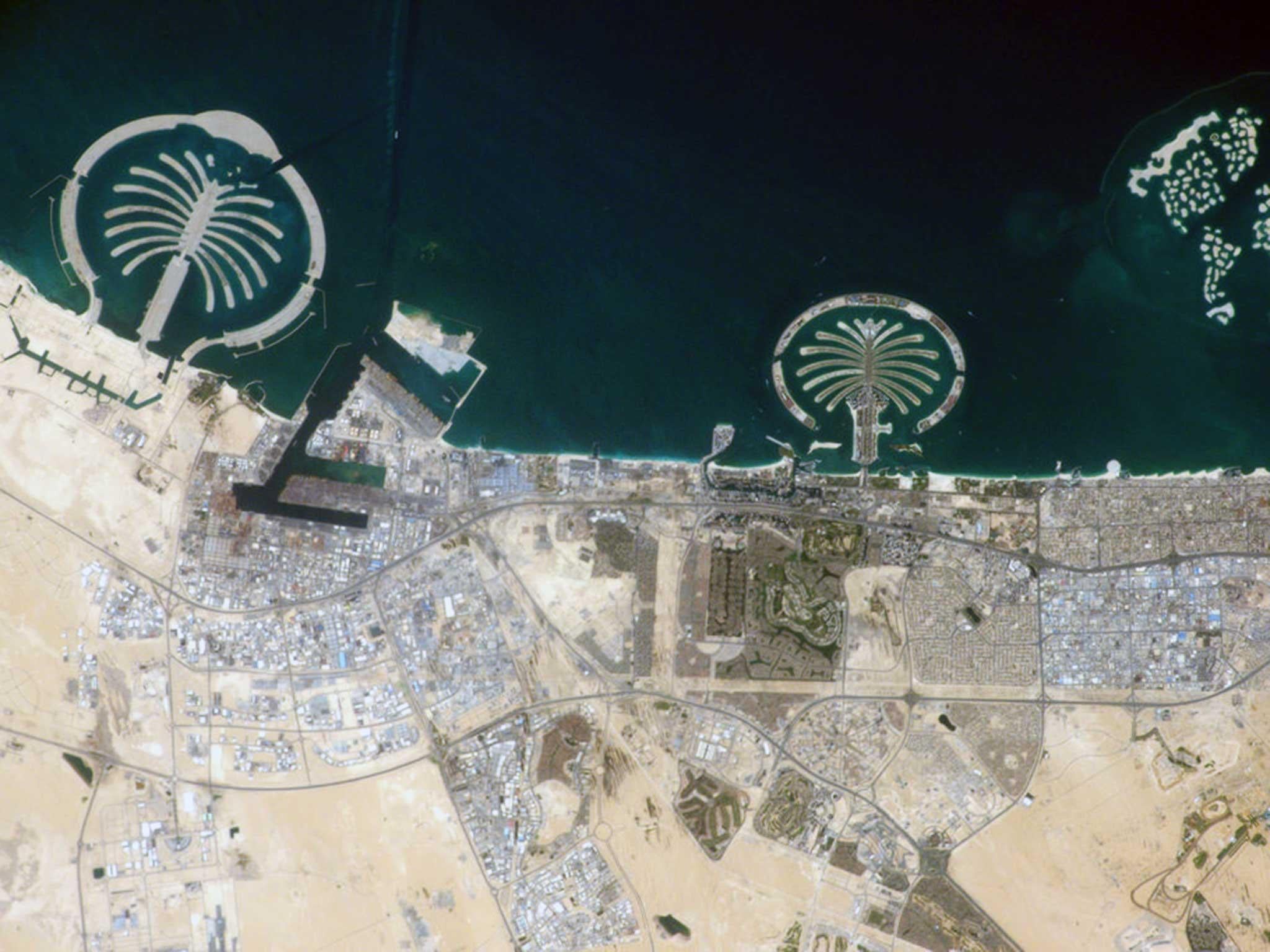
27/30 Dubai Palms
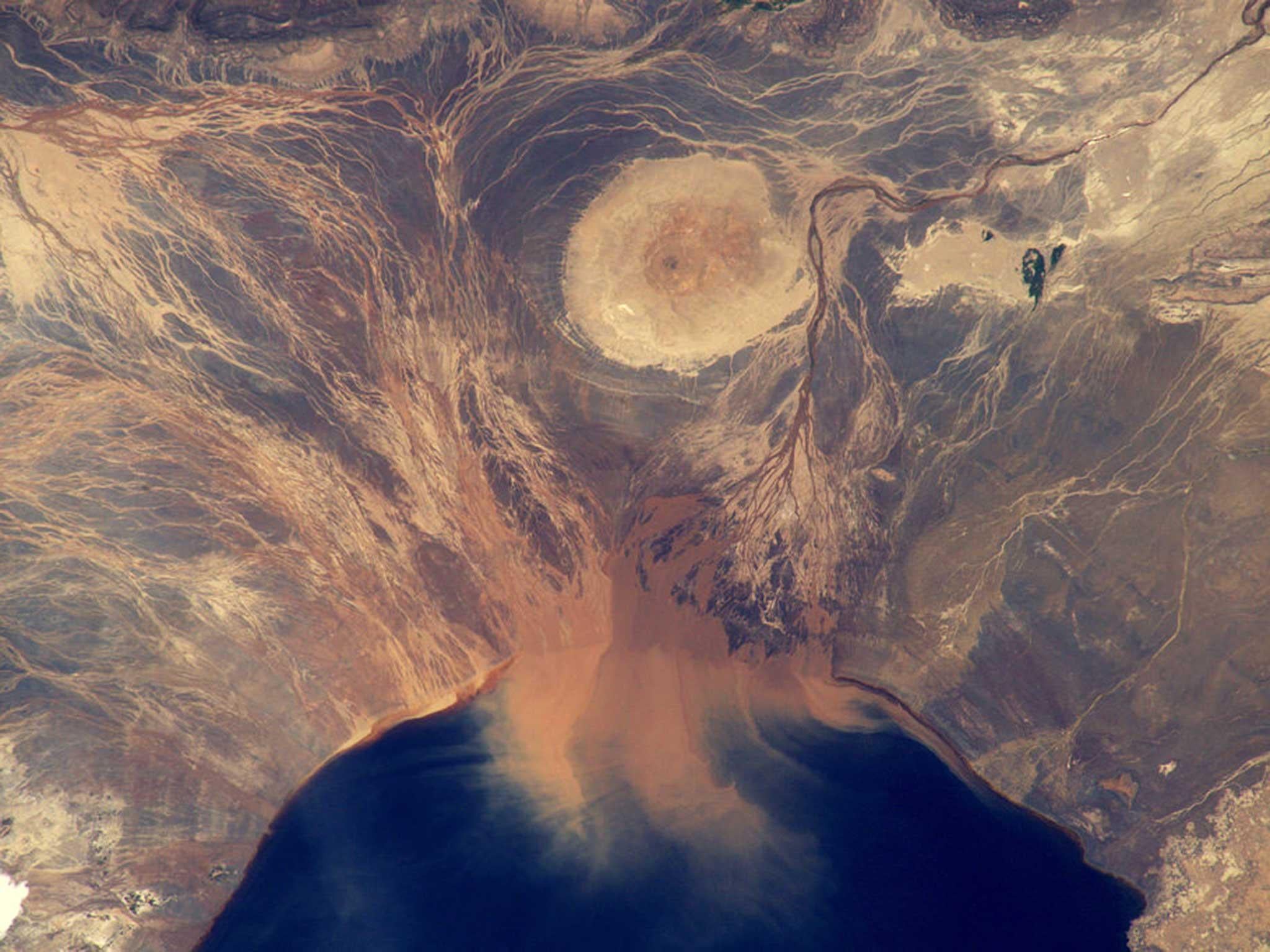
28/30 Sediment in Ethiopia
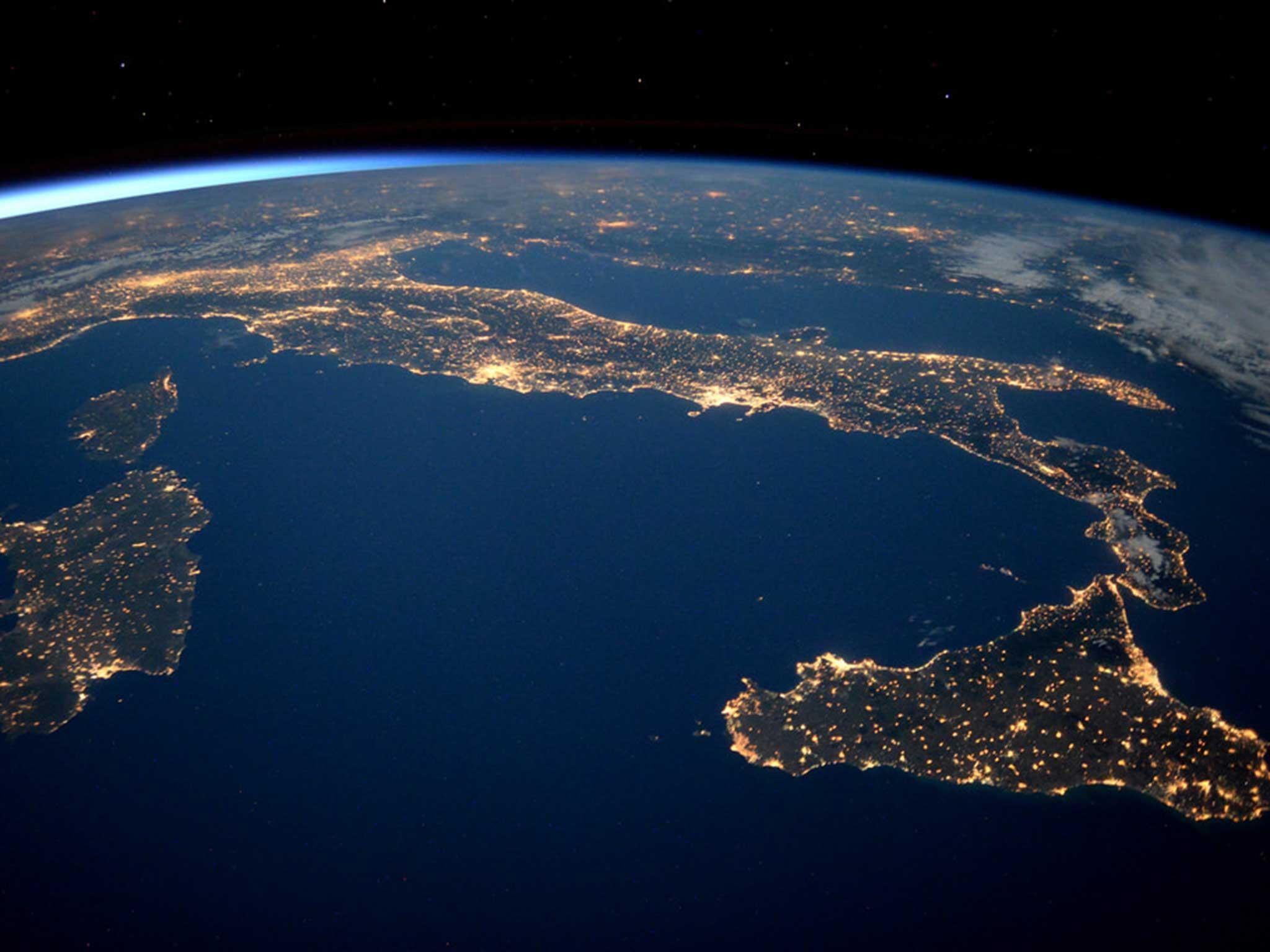
29/30 Italy
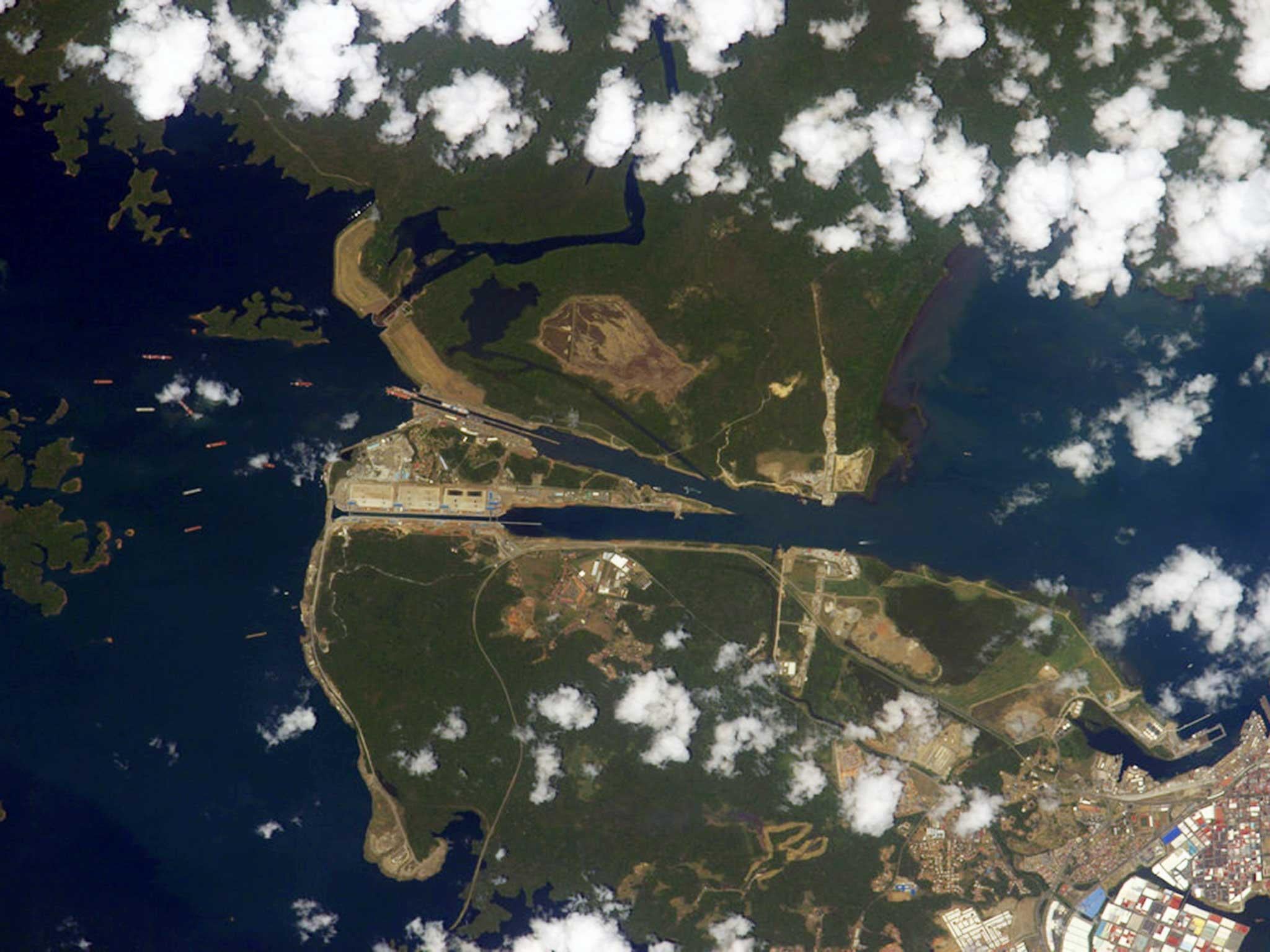
30/30 Panama Canal

1/30 Striking Africa
"The striking colour and texture of Africa Illizi, Algeria"

2/30 Favourite Reef

3/30 Russia's north-east coast

4/30 Hello London

5/30 Bahamas

6/30 Yinchuan

7/30 Rocket flames in Africa

8/30 Stunning colours

9/30 The real Everest

10/30 Go Exomars

11/30 Tenerife

12/30 Midday winter sun

13/30 Sand dunes

14/30 Dragon Dam

15/30 Smoking volcano

16/30 New Zealand

17/30 Plankton bloom

18/30 Alaska

19/30 Lights along the Nile

20/30 Kamchatka

21/30 Cumulonimbus

22/30 Night Sahara

23/30 Japan

24/30 Morning sun volcanoes

25/30 Tapajos River

26/30 Patagonia

27/30 Dubai Palms

28/30 Sediment in Ethiopia

29/30 Italy

30/30 Panama Canal
In the dark recesses of a cosmic nursery, a star has been born.
The whole of the Orion constellation is a hotbed of star birth. It’s all down to a giant patch of cosmic smog, the Orion Molecular Cloud, which wreathes itself around the constellation. This material has just spawned its latest brood, at the heart of the Orion Nebula. A small cluster of four stars – The Trapezium – light up their natal gases with searing radiation. Orion will supply our Galaxy with stars and planets for billions of years to come.
After star birth, what happens next? Go to Orion’s belt, and follow the line upwards. Here, you’ll hit the bright red star Albebaran, the ‘eye’ of Taurus the Bull. Look more closely, and you’ll spot a V-shaped cluster of stars making up the Bull’s ‘head’. These are the Hyades – at 153 light years away, the nearest star cluster to Earth. Star clusters are the next step after star birth. The Hyades are a clutch of around 700 stars, some 625 million years old – that’s very young on the celestial scale (our Sun is 4.5 billion years old!).
Now, carry on going upwards. Not far from the Hyades, you’ll spot the minuscule star cluster of the Pleiades. This cluster of blue and white stars is truly a celestial gem. In his epic poem “Locksley Hall”, Alfred, Lord Tennyson, described them as ‘a swarm of fireflies, tangled in a silver braid’.
The Pleiades lie about 400 million years away, and the cluster contains about a thousand stars, all younger than 100 million years – mere toddlers on the celestial scene.
But crèches of newly borns can’t last forever. In the future, the gravitational bonds that link the stars of Hyades and the Pleiades will break – allowing each star to pursue its independent life as a member of our galaxy.
What’s up?
Early in the evening, you can’t miss the planet Mars shining in the southwest – a iridescent orange-red jewel set in a region of sky that’s largely populated by faint stars making up obscure constellations. Looking well above Mars, three bright stars – Altair, Deneb and Vega – form the prominent Summer Triangle, which is now beginning to sink from view as the Earth’s orbit brings us round to winter.
Three more planets lie to the right of Mars, but you’ll need a clear horizon to the west to see them, low in the twilight after sunset. First is yellowish Saturn, half the brightness of the red planet: the crescent Moon brushes past it on 11 November. At the beginning of the month, you may just spot Mercury and Jupiter to the right of Saturn: check out on 9 November when these planets lie below the crescent Moon (binoculars will be a big help).
We’re treated to a meteor shower mid-month; but don’t expect major fireworks. Although dust specks from Comet Tempel-Tuttle stream into the atmosphere on the night of 17/18 November, burning up as shooting stars, this debris has thinned in recent decades and we won’t be treated to a repeat of the amazing Leonid meteor storms of the mid-1960s.
Talking of comets, we have the real McCoy on show right at the end of the month. Comet Wirtanen creeps up above the horizon in the south-east (see chart). By the end of November, the comet is just visible to the naked eye. During December, it’ll be a striking sight – watch this space!
Diary
1 November, morning: Moon near Regulus
6 November: Mercury at greatest elongation east
7 November, 4.02pm: New moon
9 November: Crescent moon near Mercury and Jupiter
11 November: Crescent moon very near Saturn
15 November, 2.54pm: Moon at first quarter, near Mars
16 November: Moon near Mars
17-18 November: Maximum of Leonid meteor shower
23 November, 5.39am: Full moon, very near Aldebaran
27 November: Moon near Praesepe
28 November: Moon near Regulus
30 November, 0.19am: Moon at Last Quarter
Just published! Fully illustrated, ‘The Universe Explained’ by Heather Couper and Nigel Henbest is packed with almost 200 of the questions that people ask about the Cosmos, from the existence of alien life to what happened before the Big Bang
And Heather and Nigel’s ‘Philip’s 2019 Stargazing’ reveals everything that’s going on in the sky next year